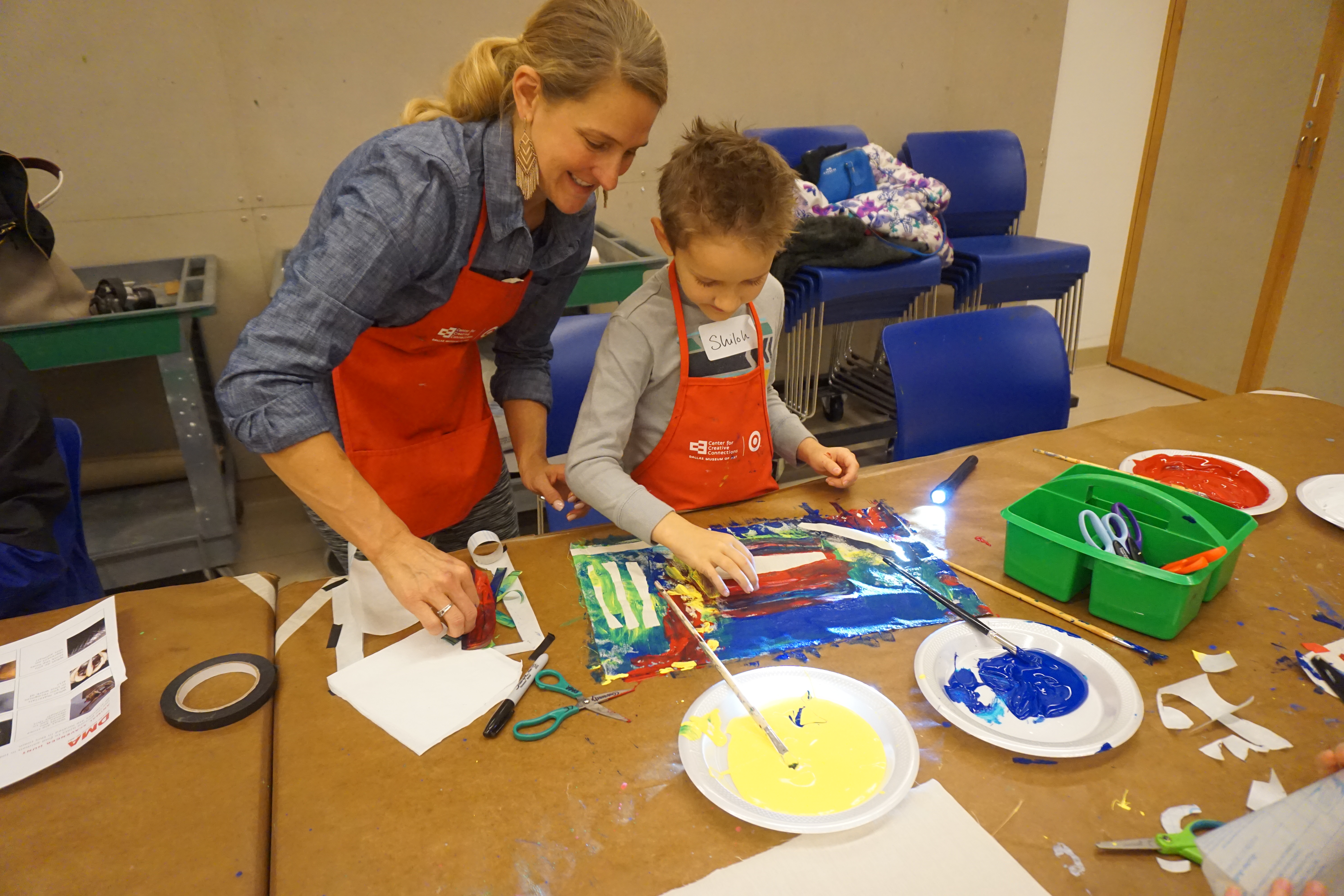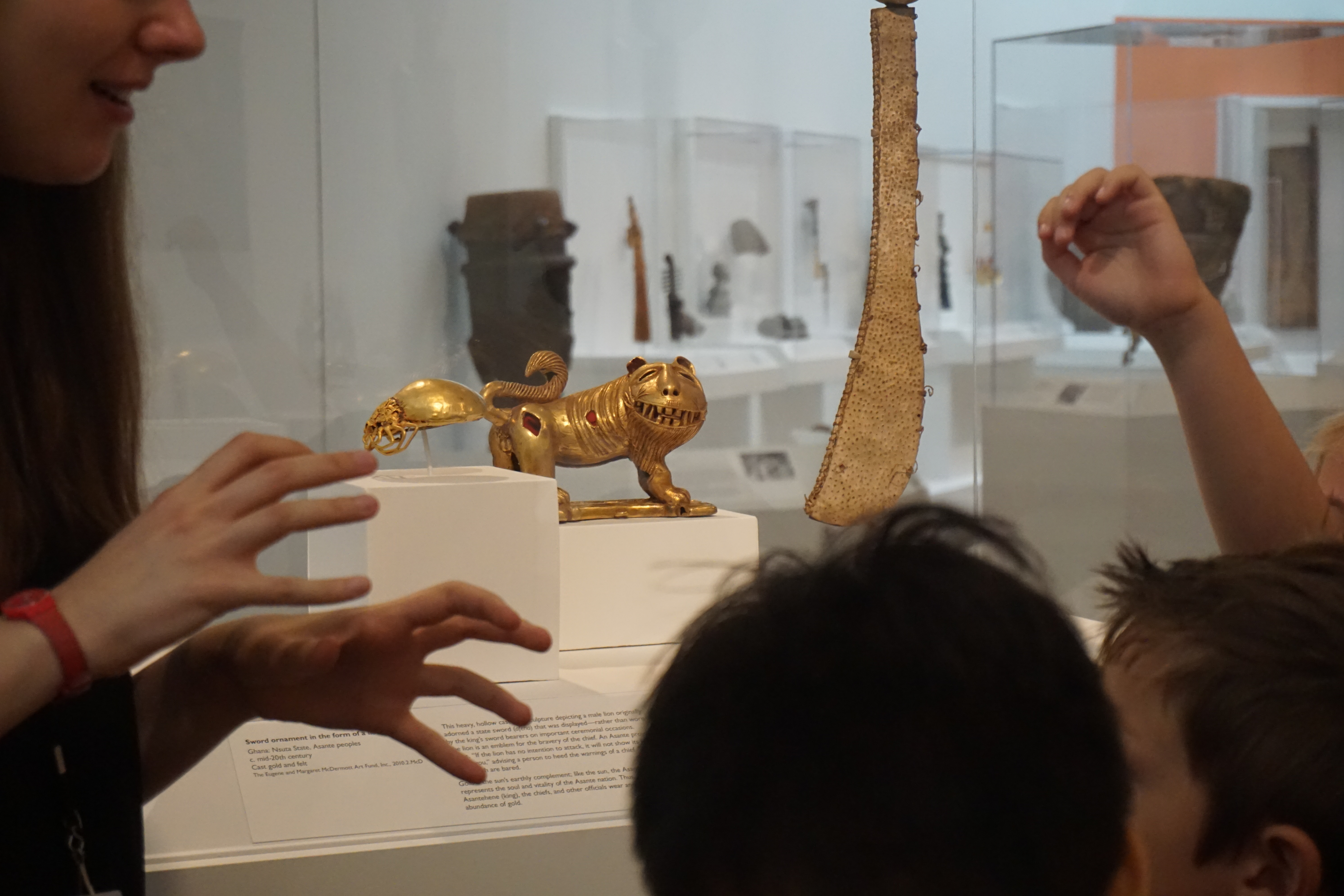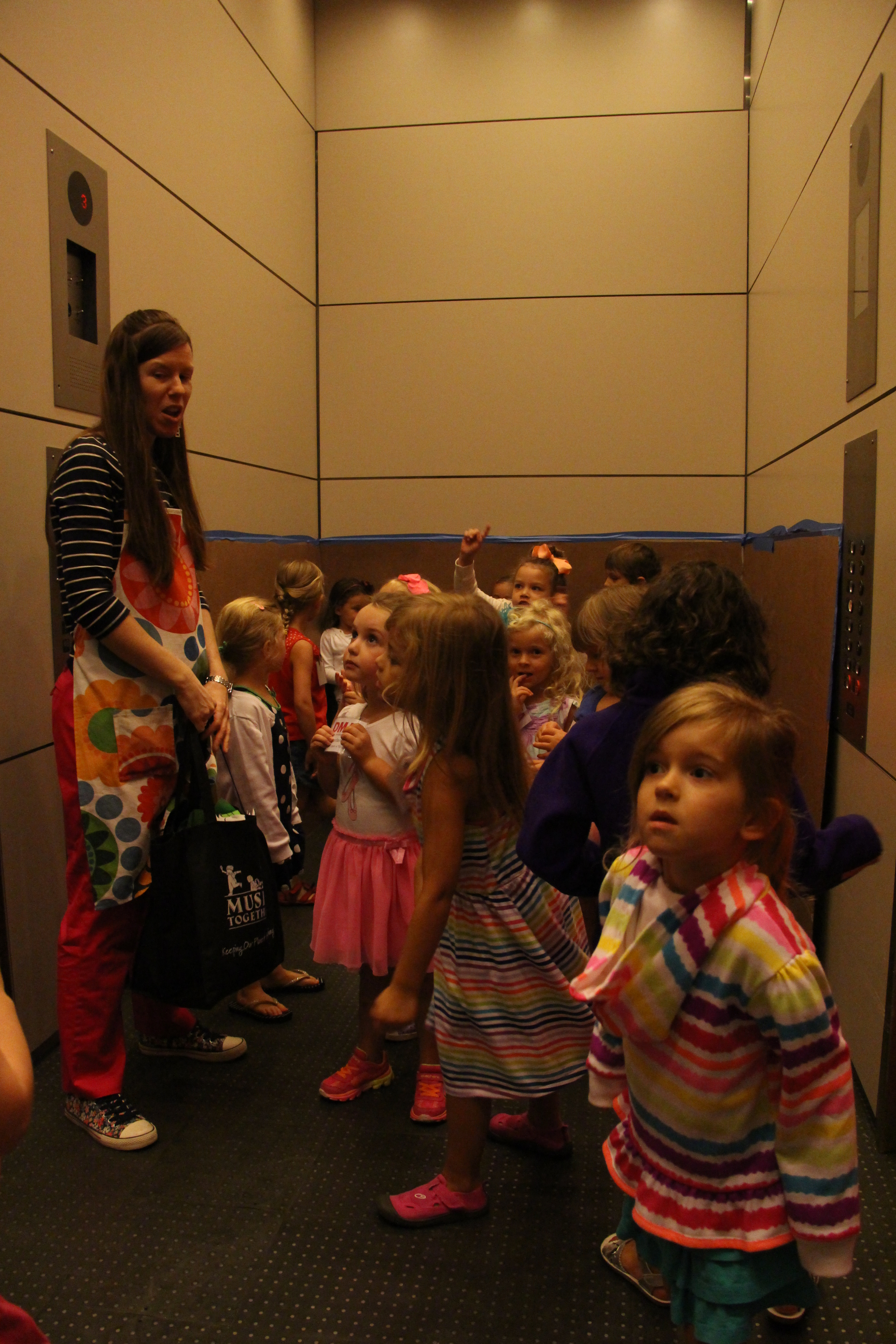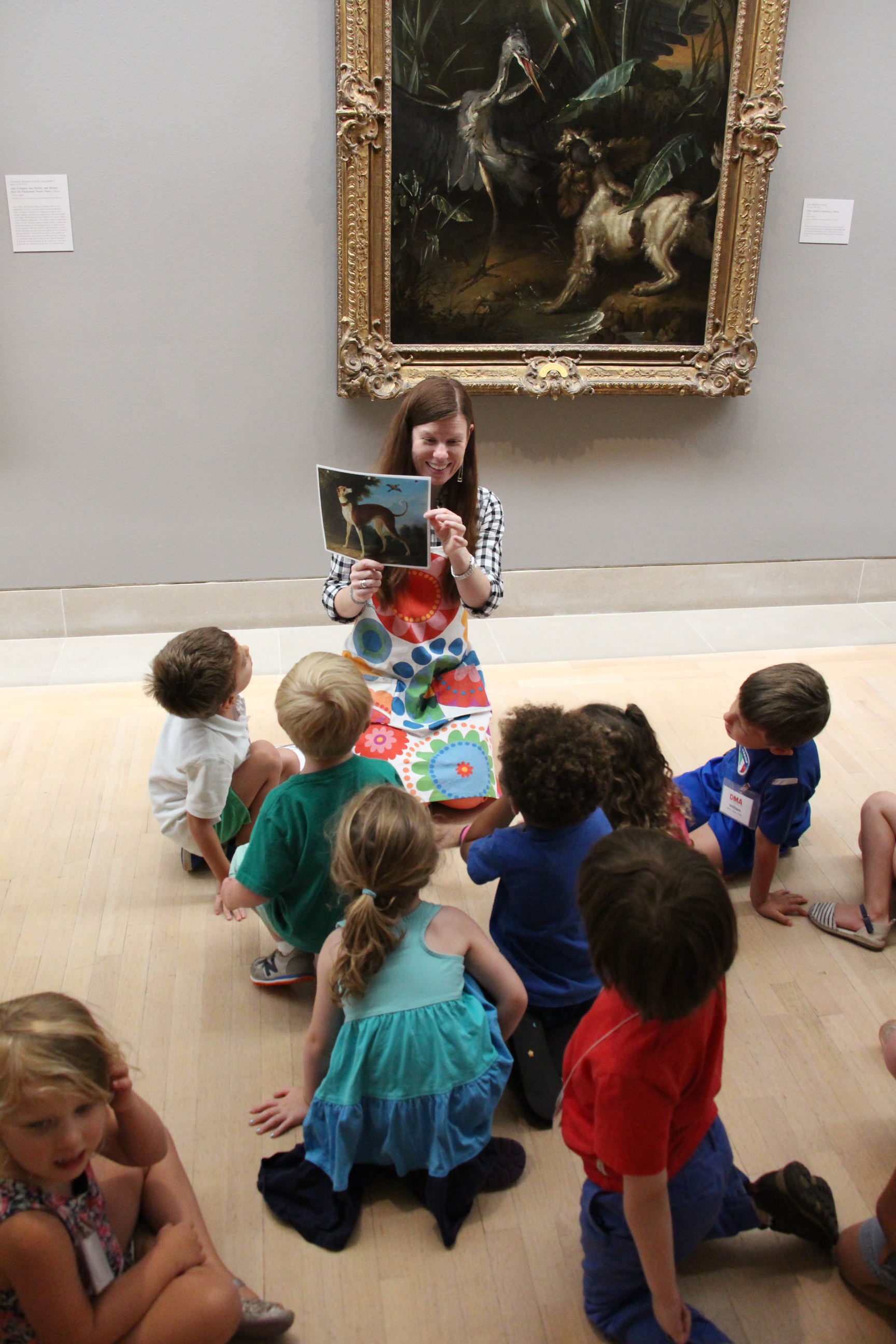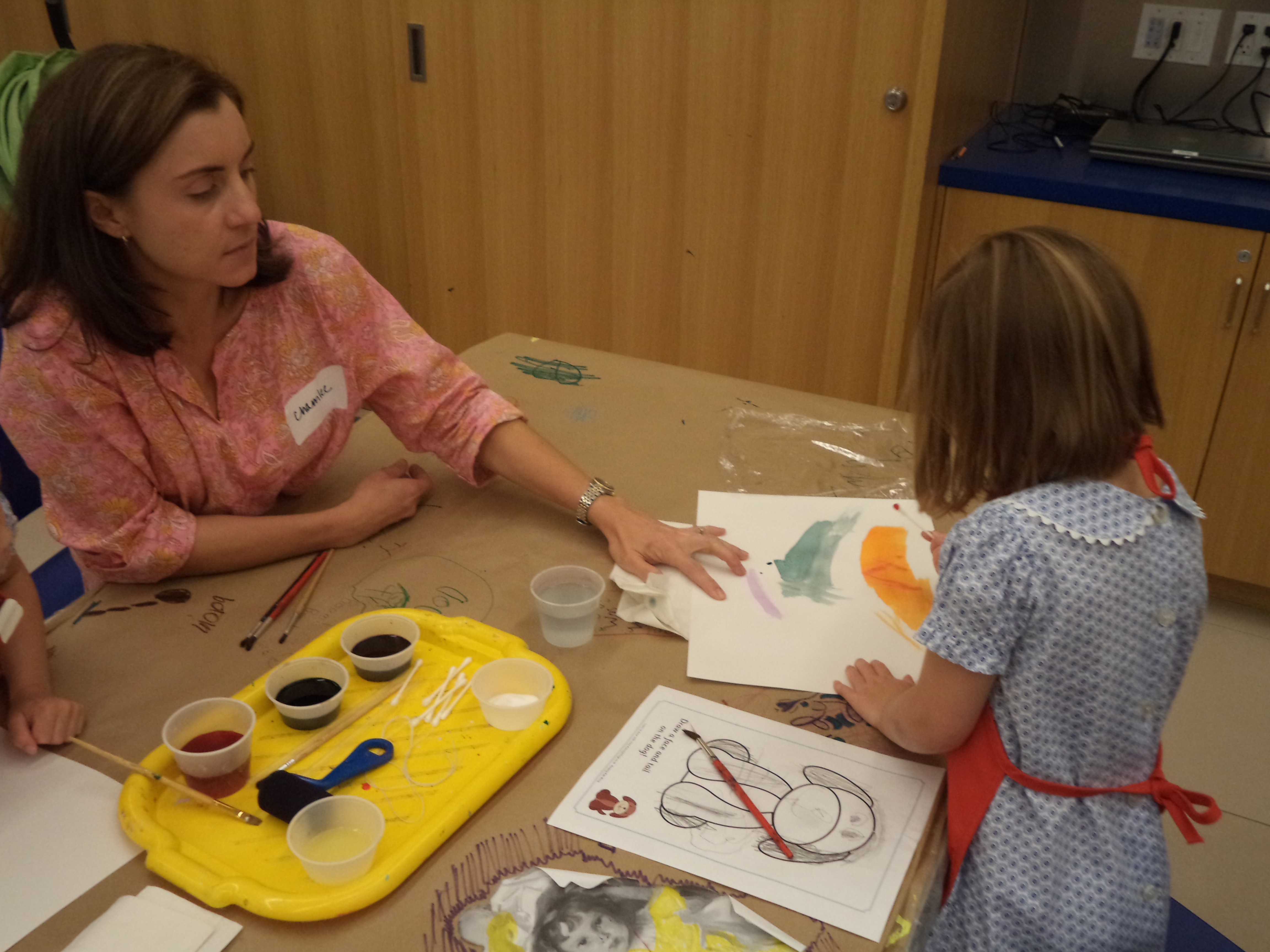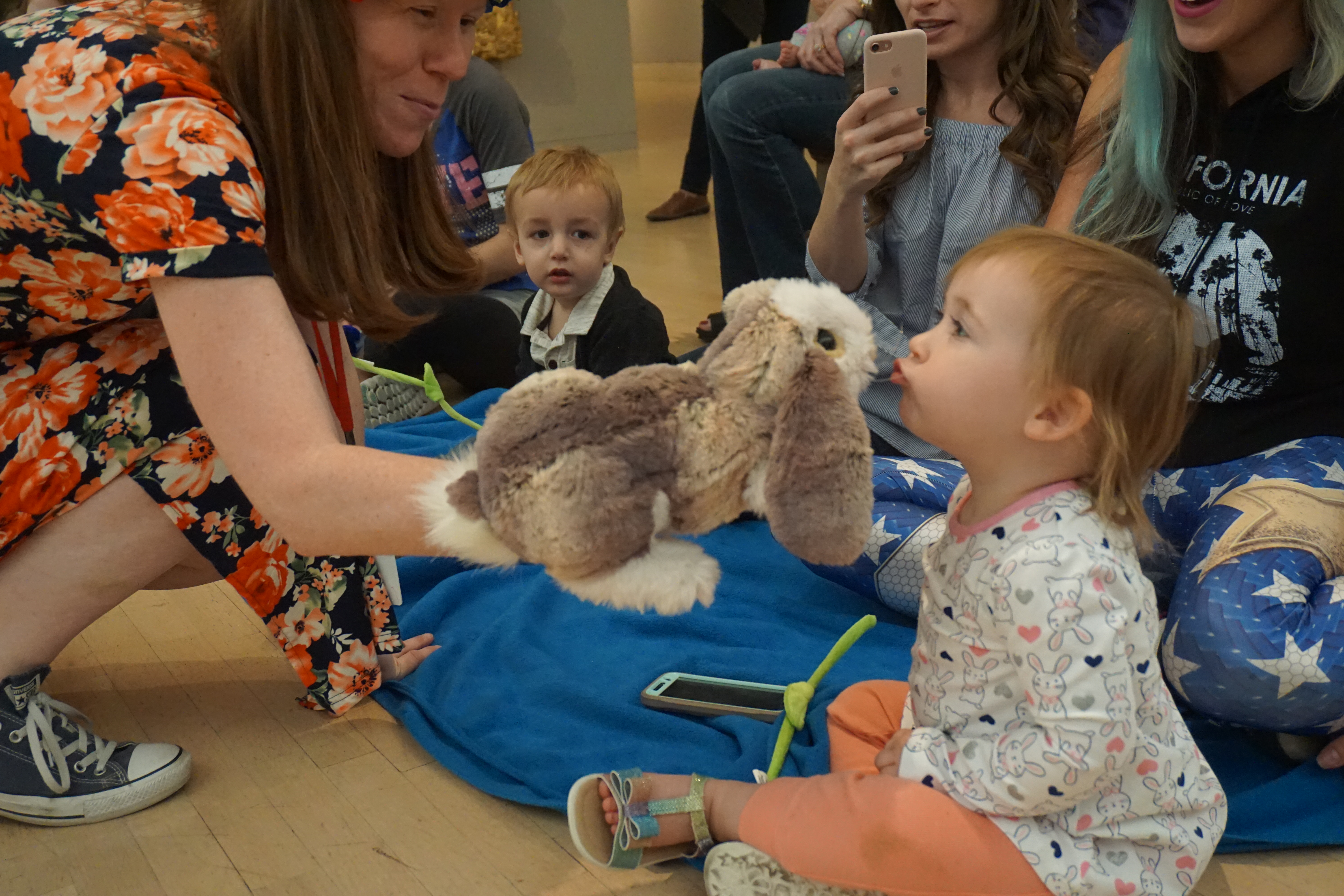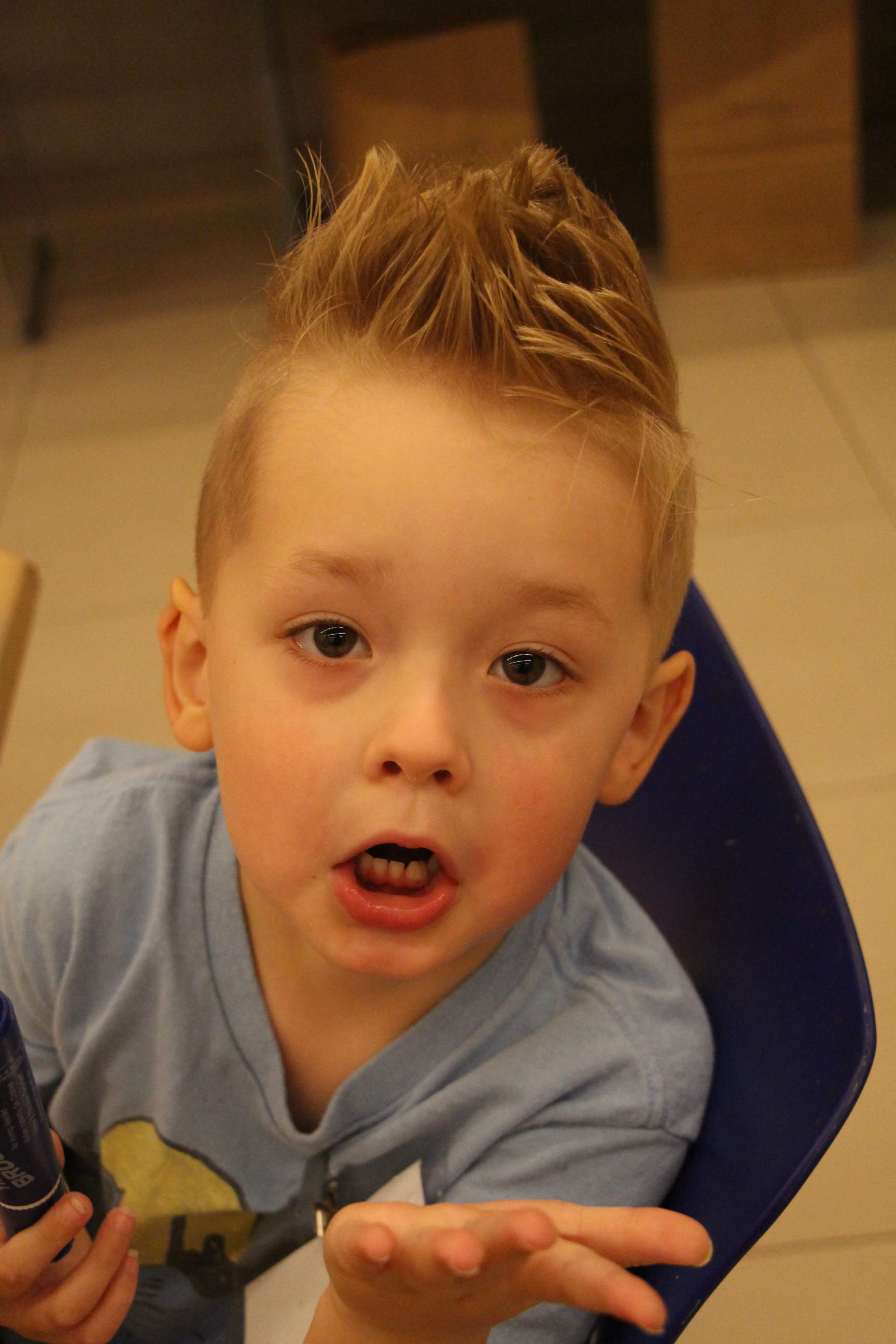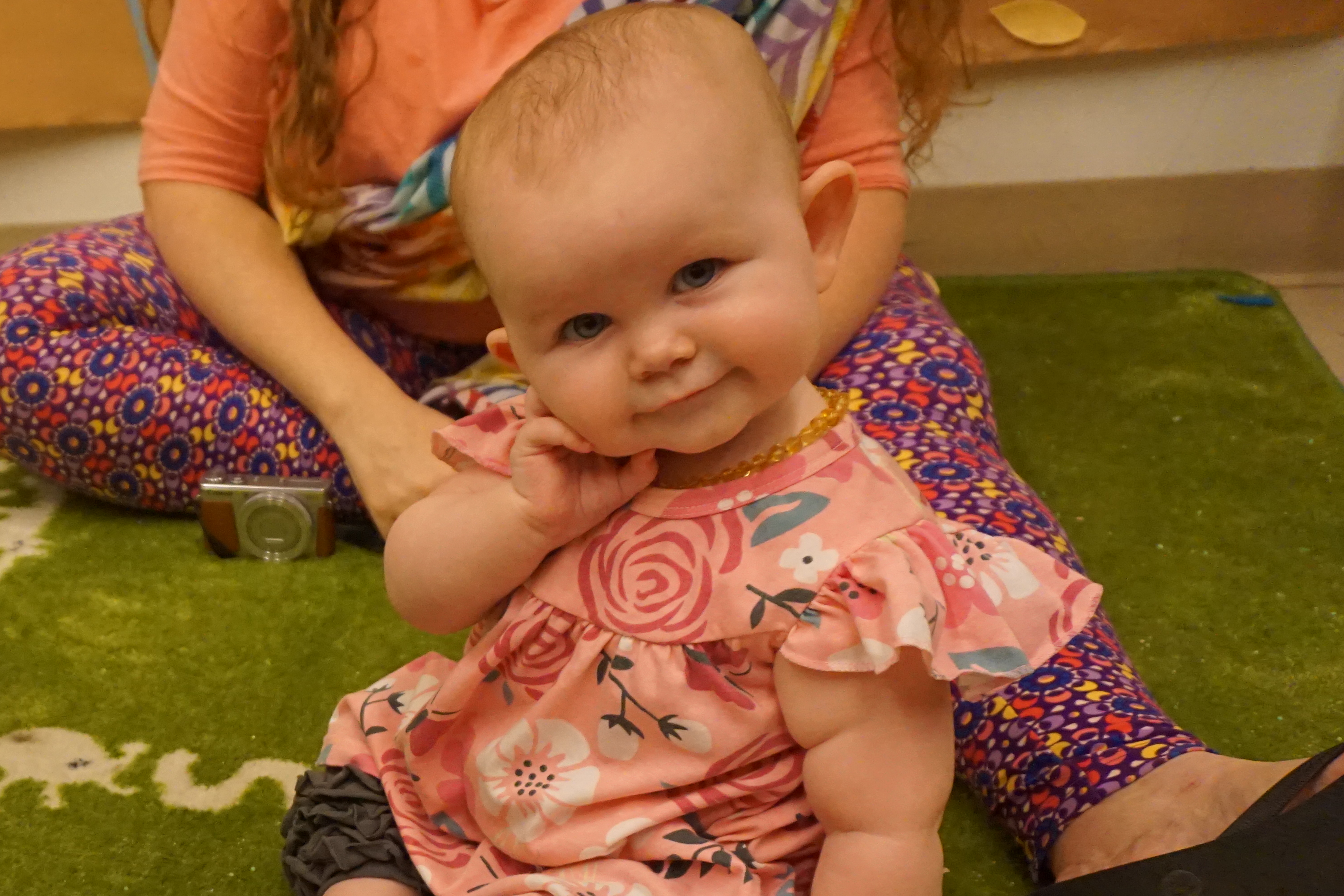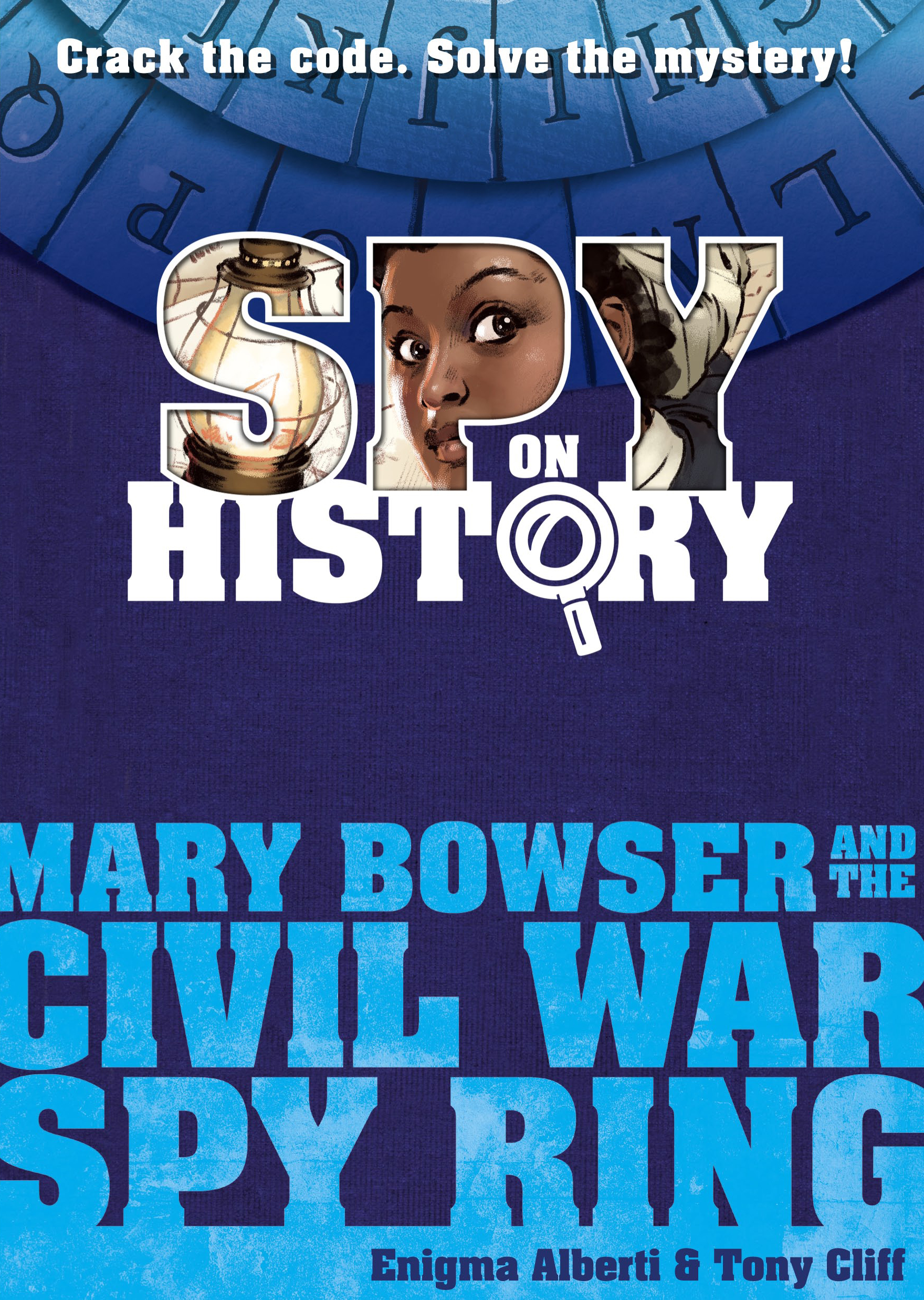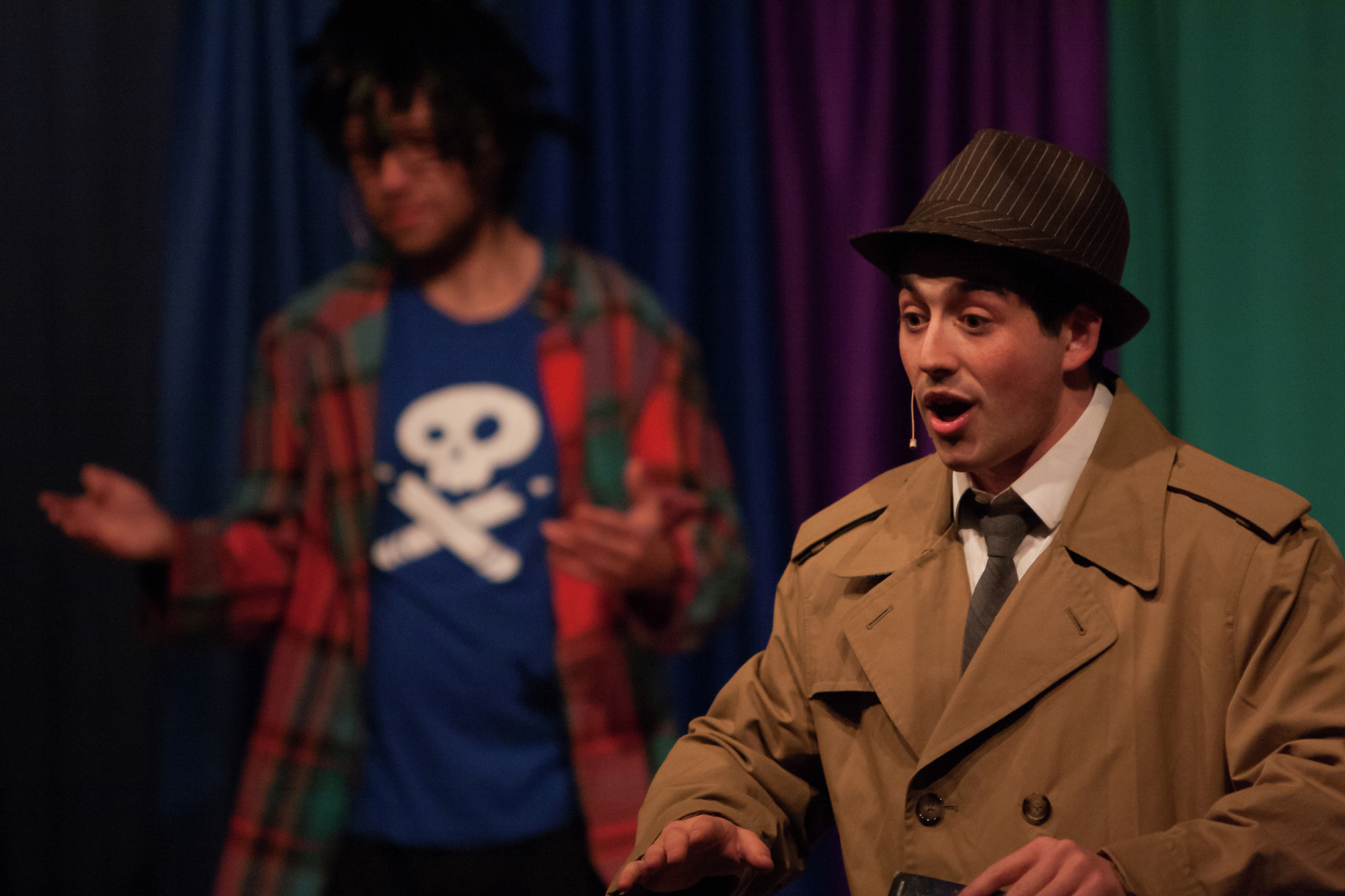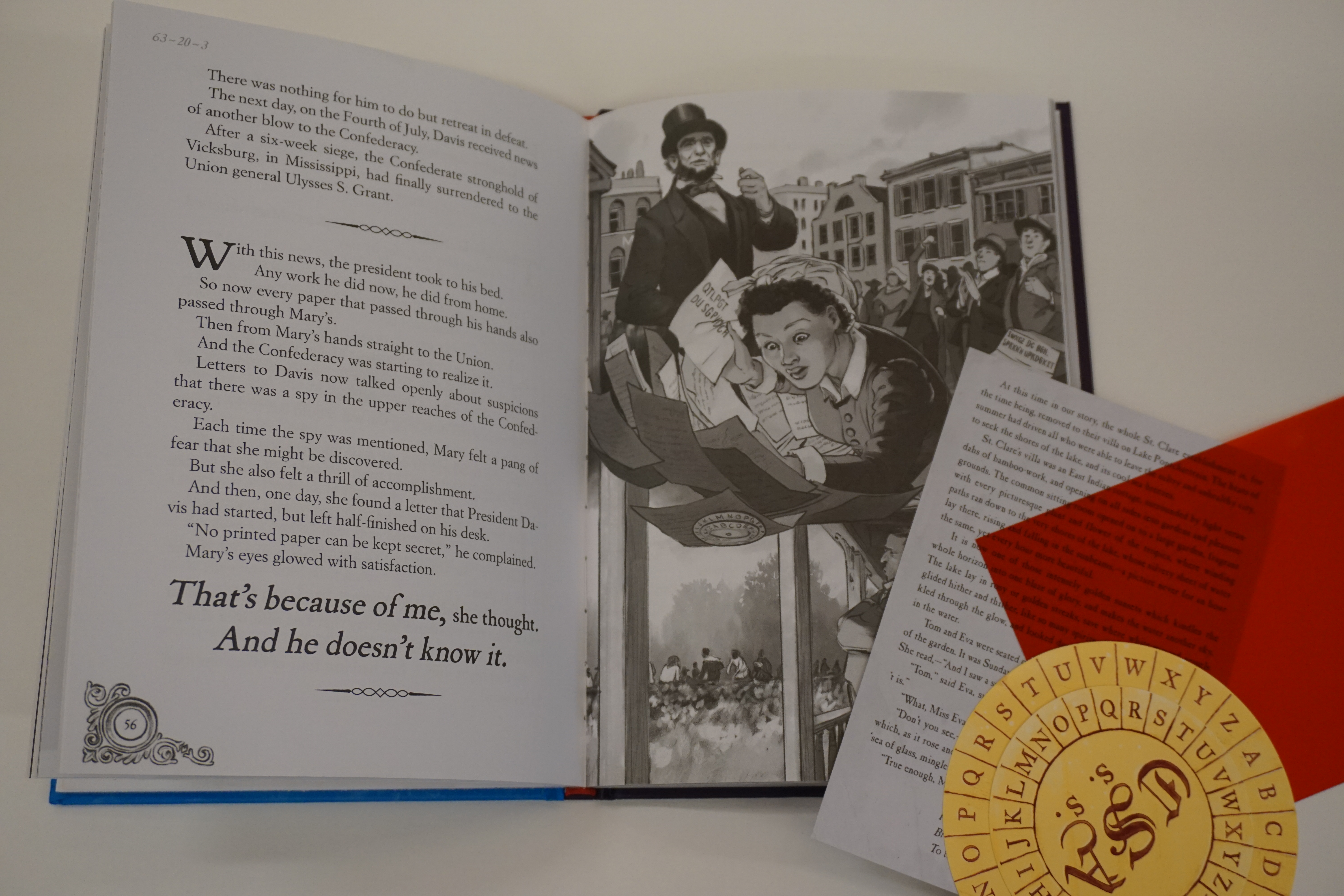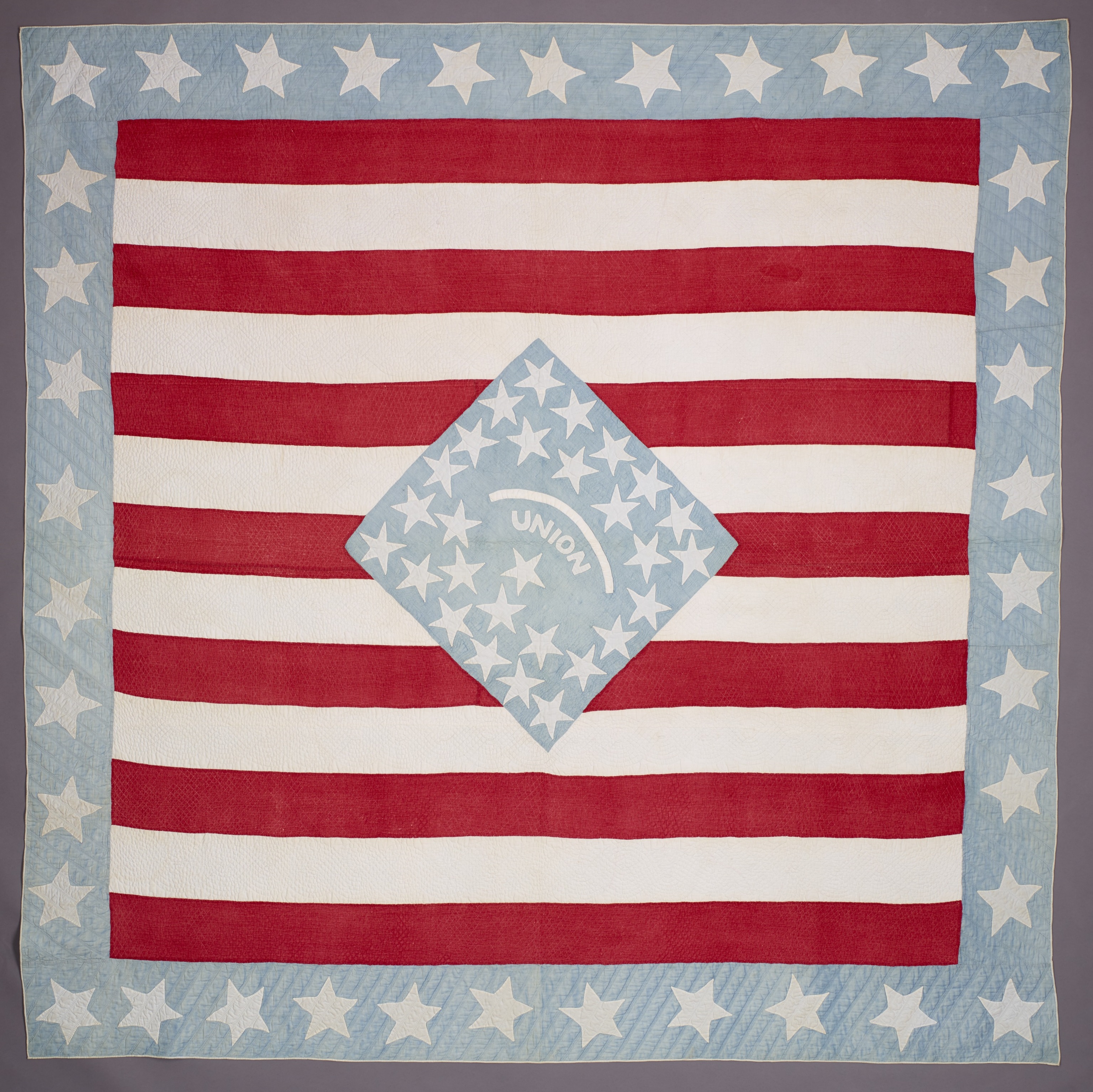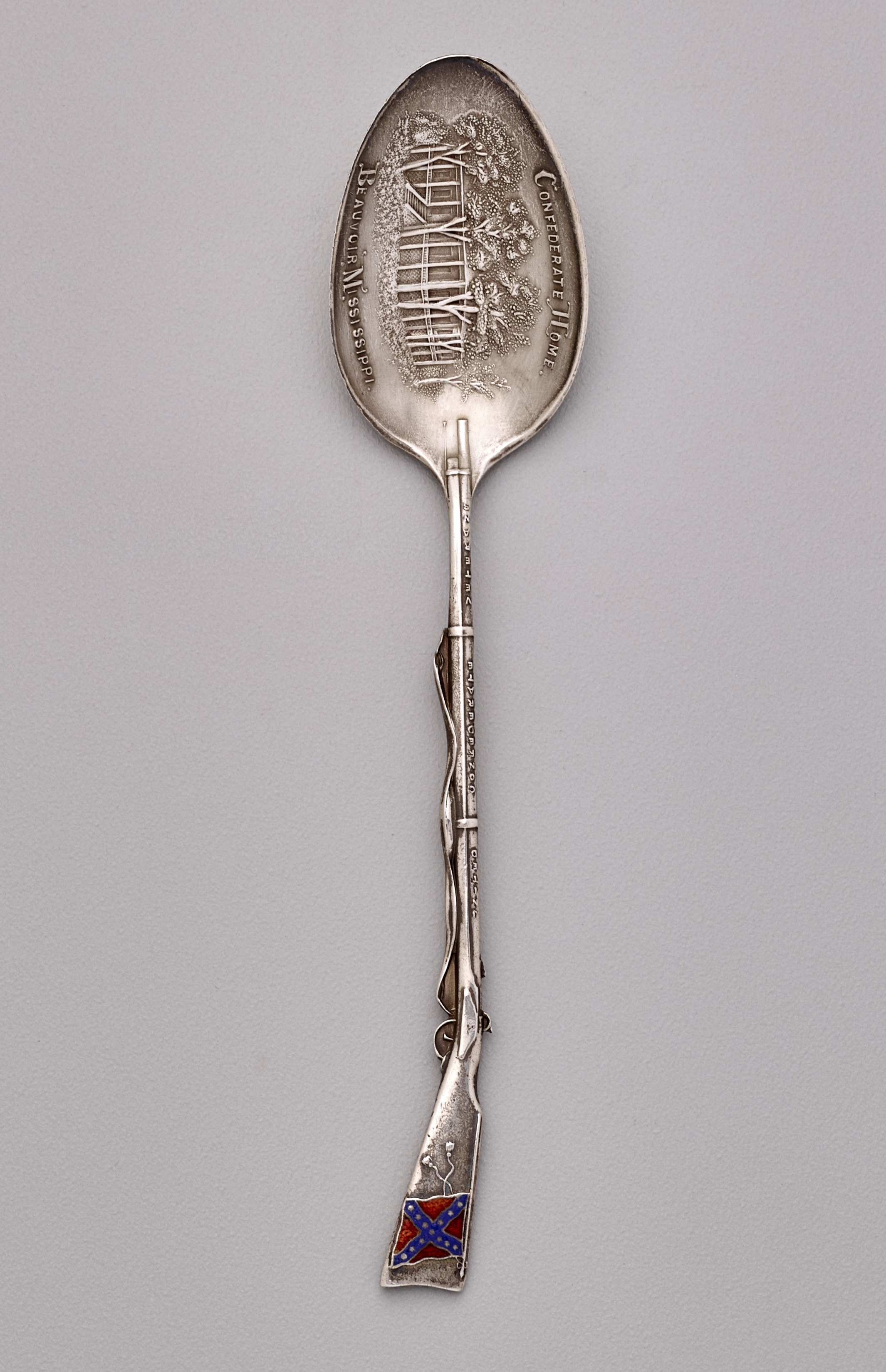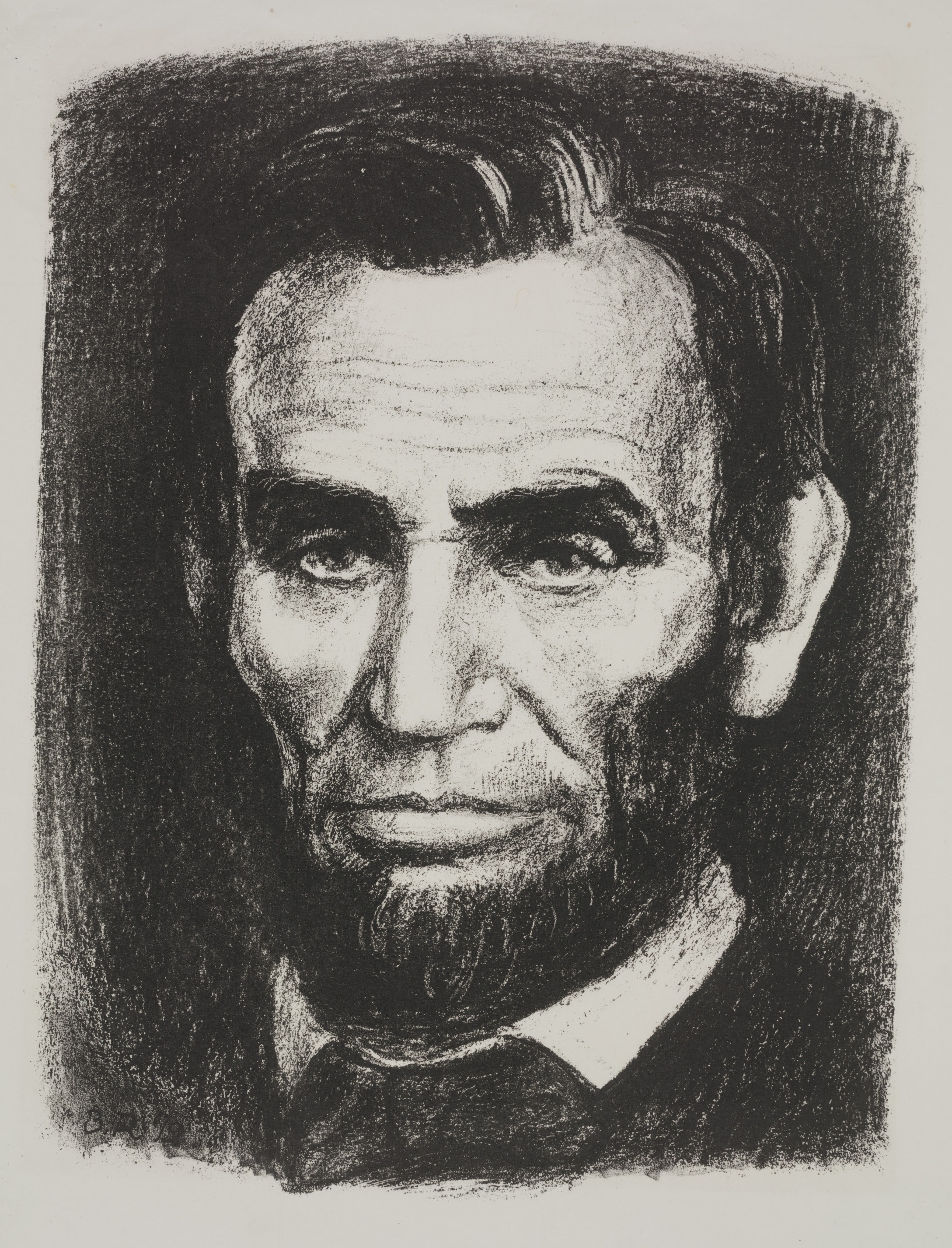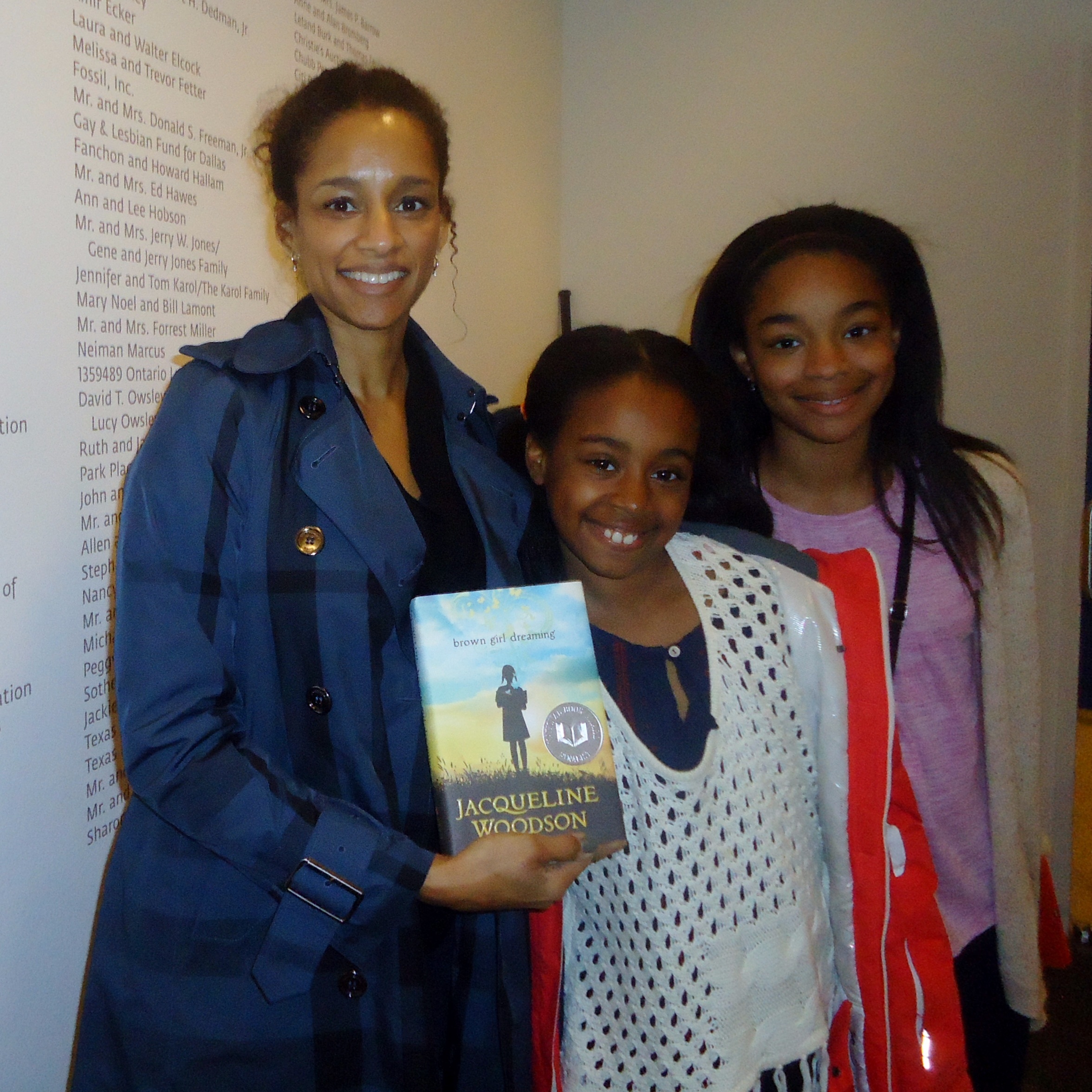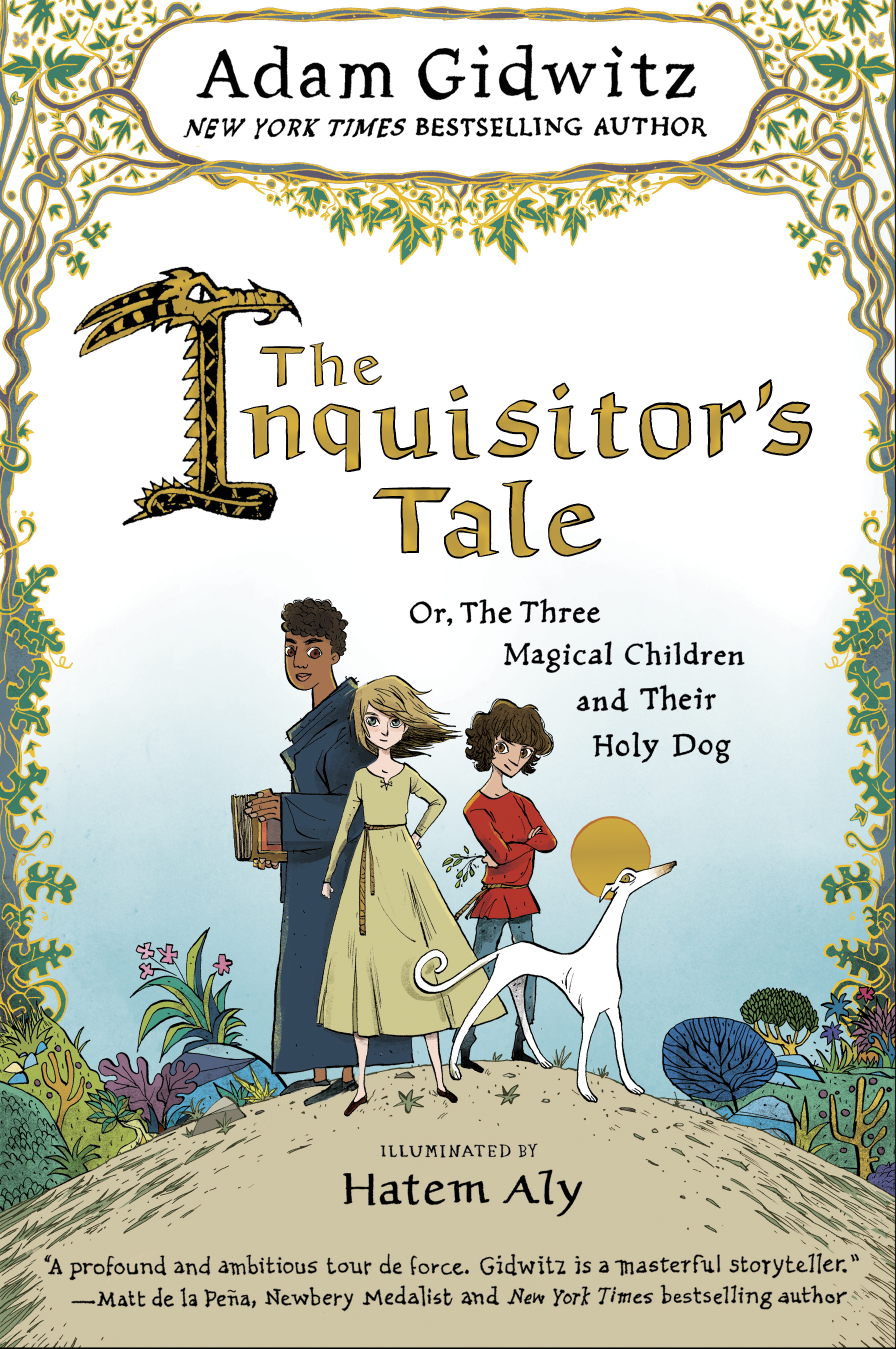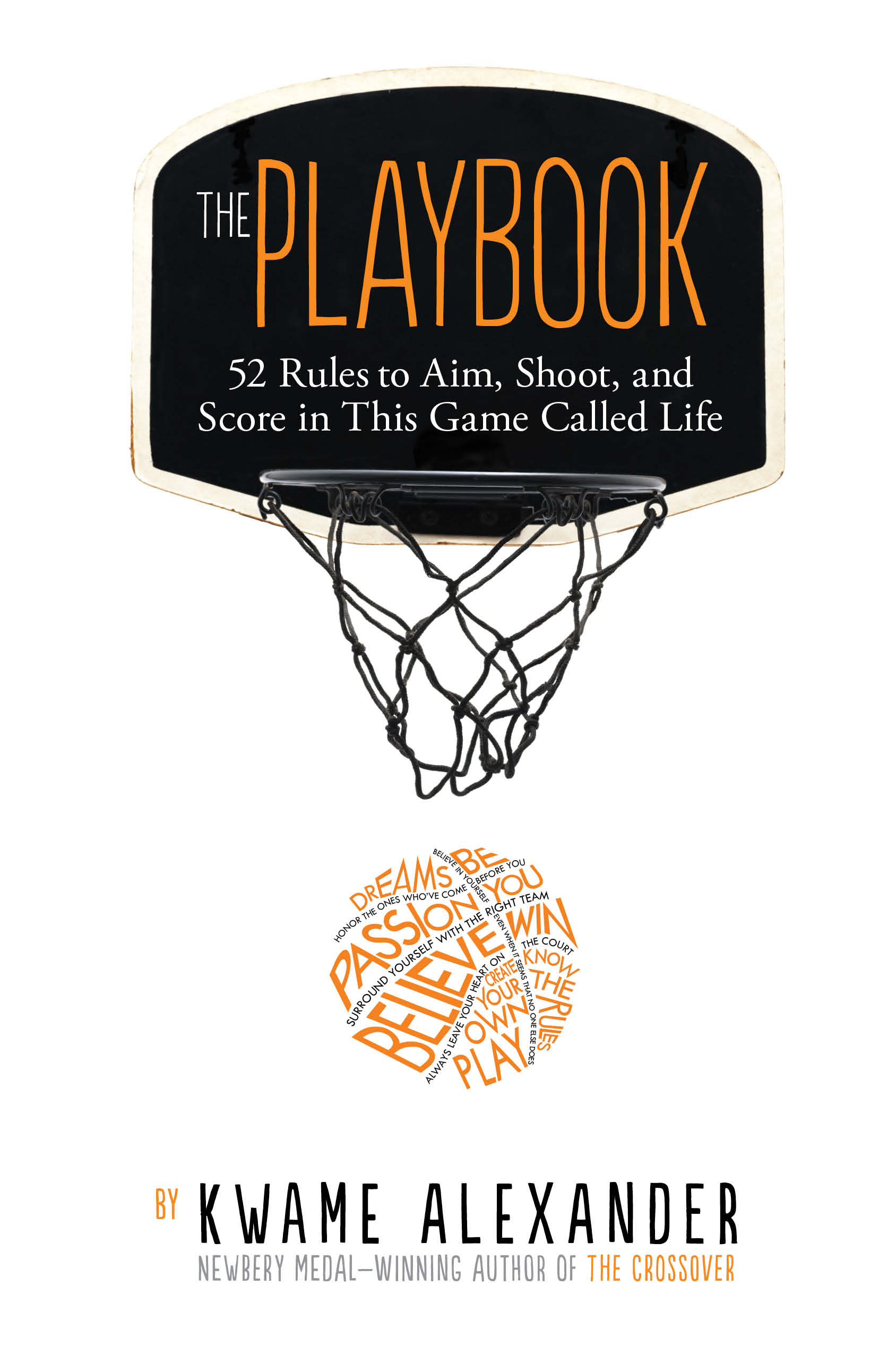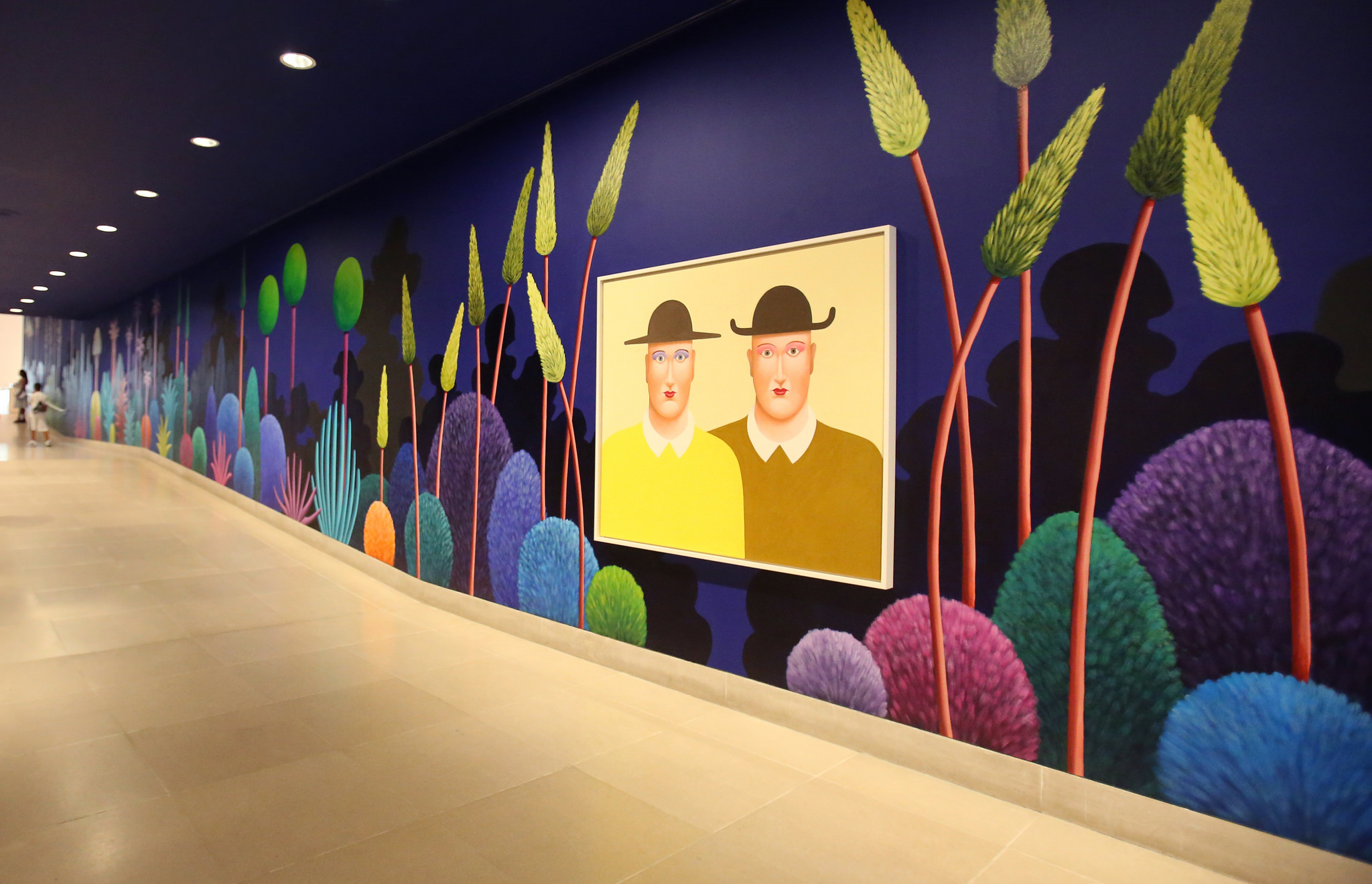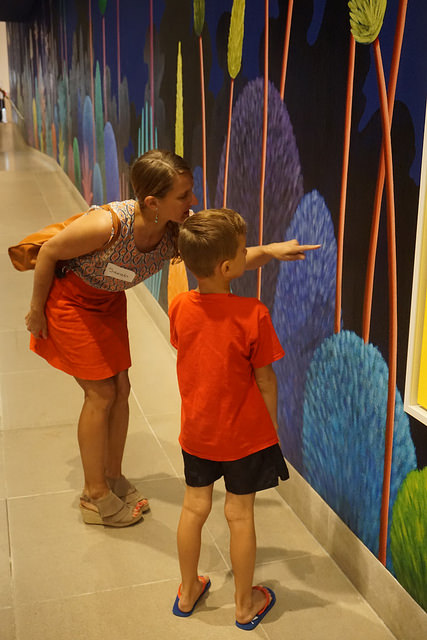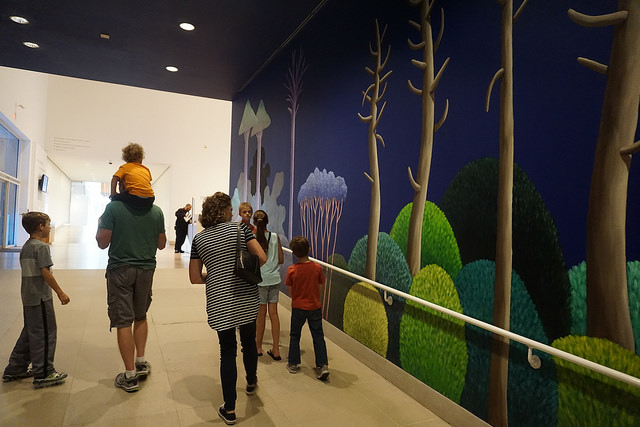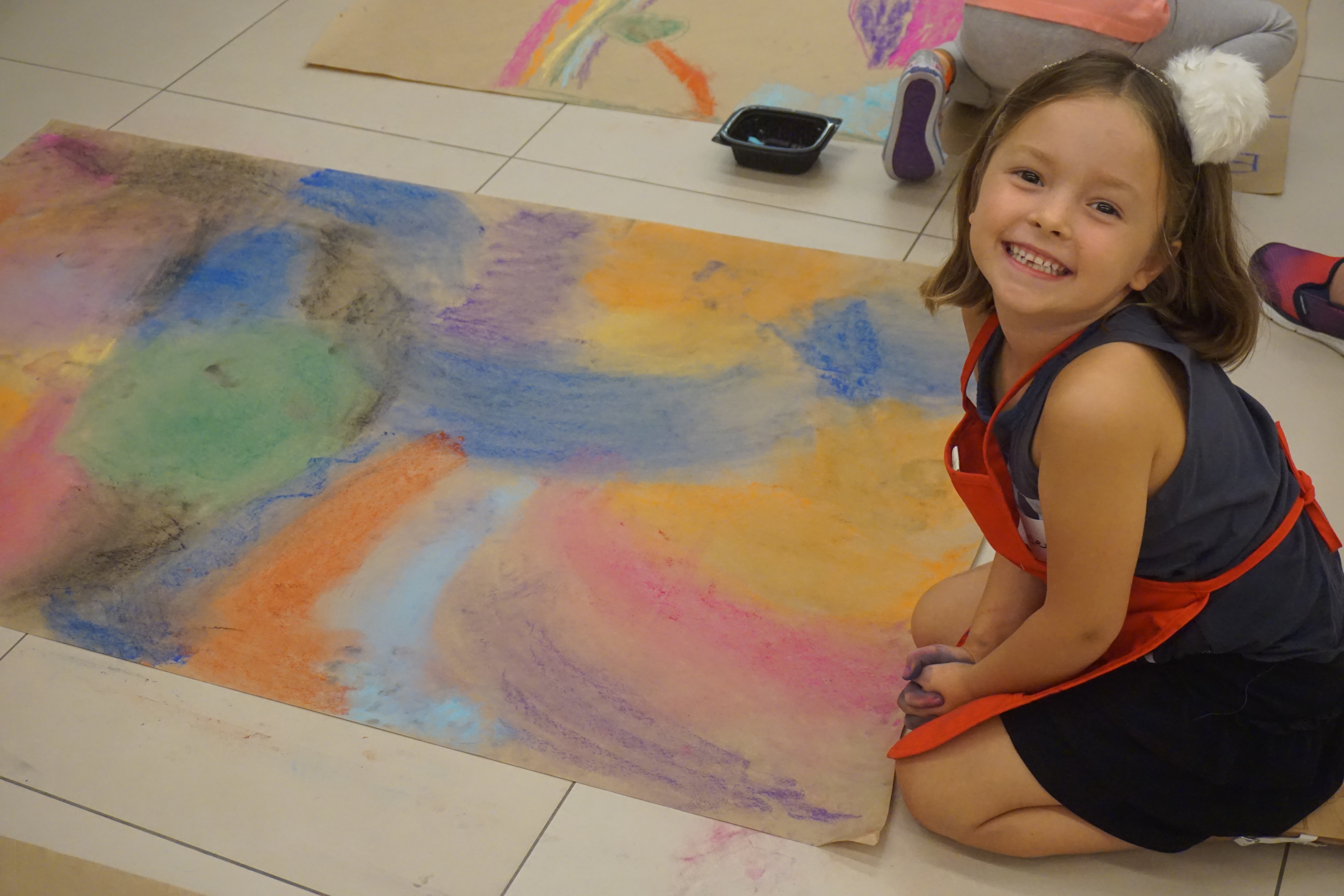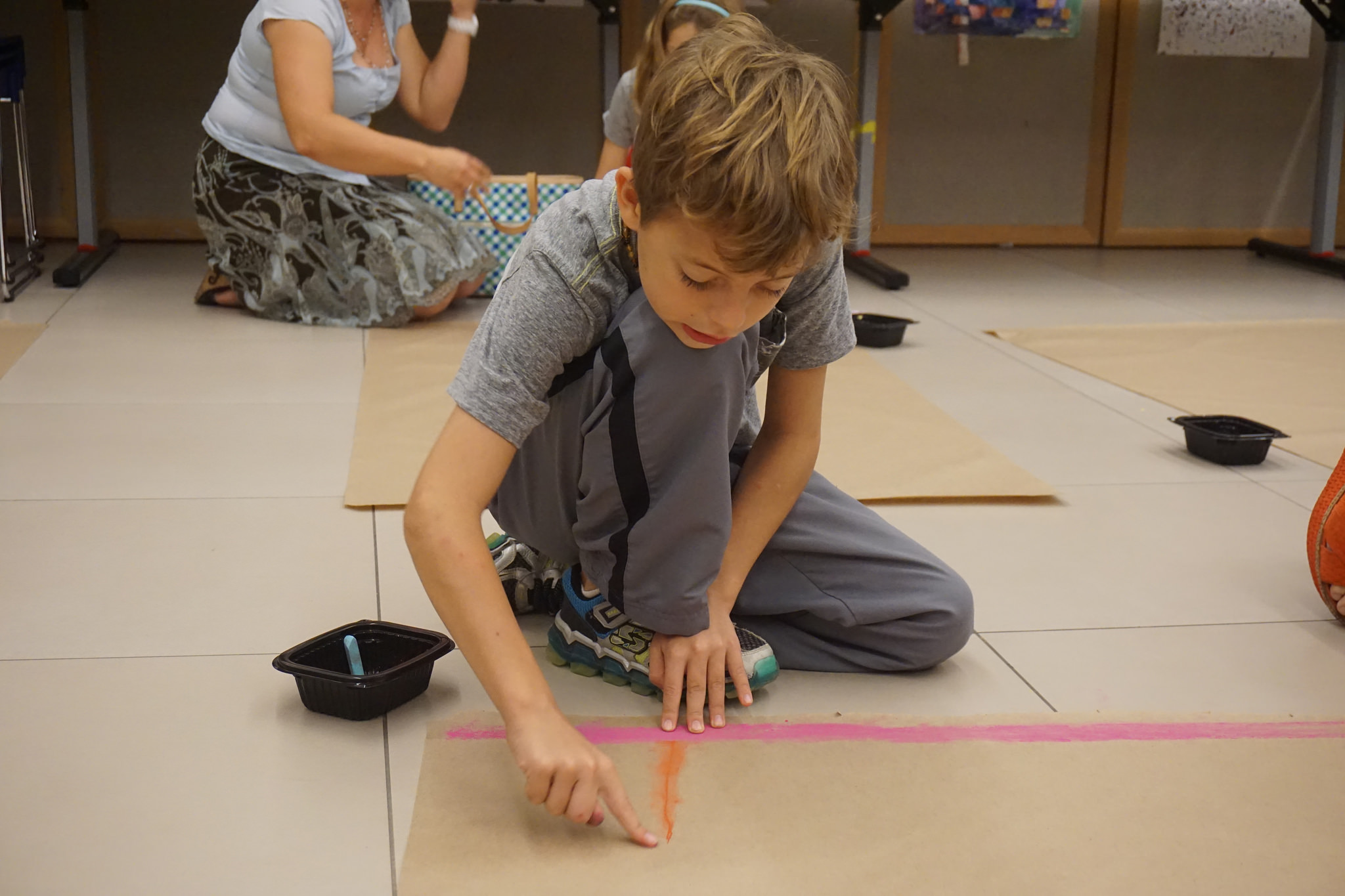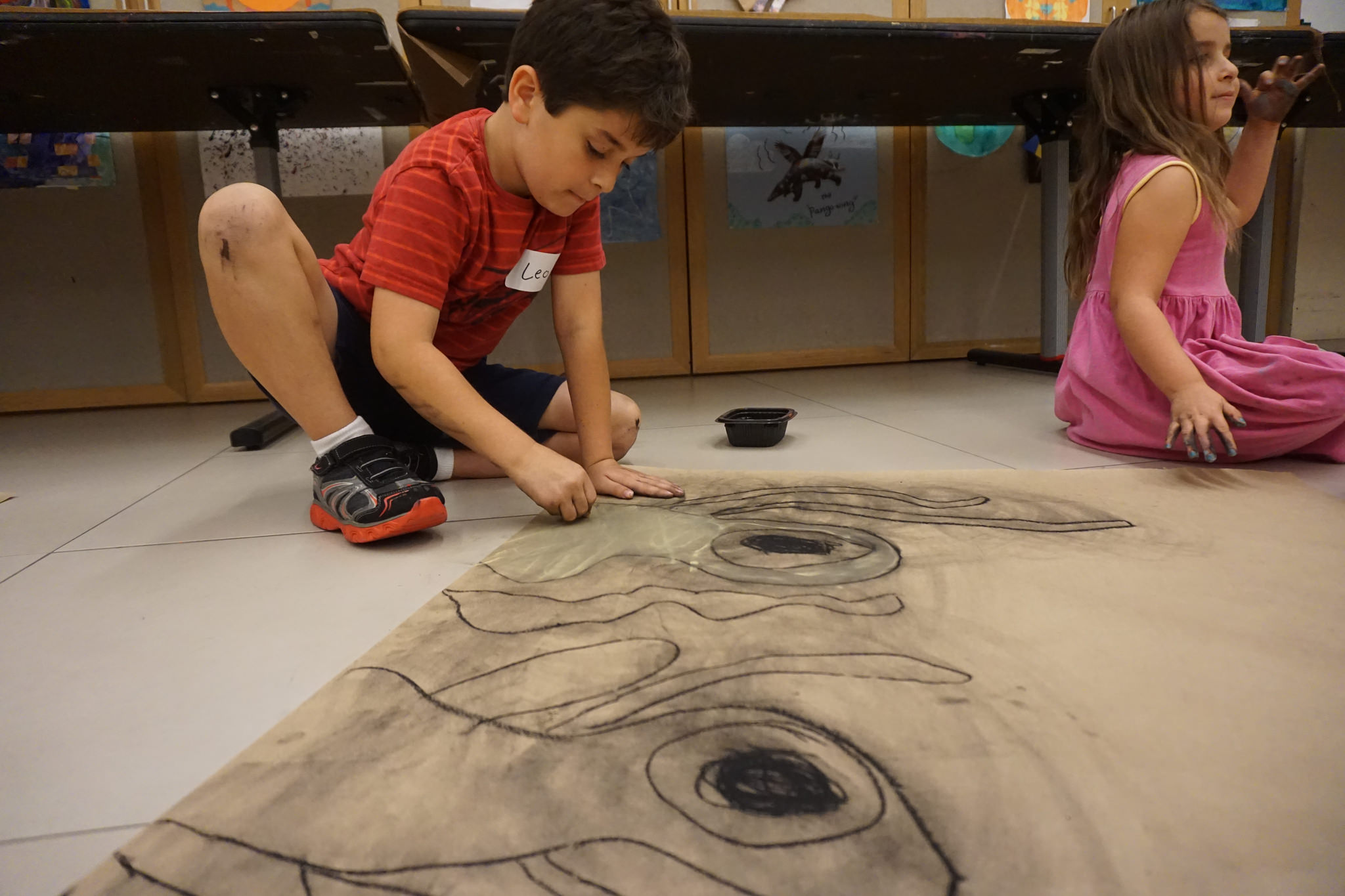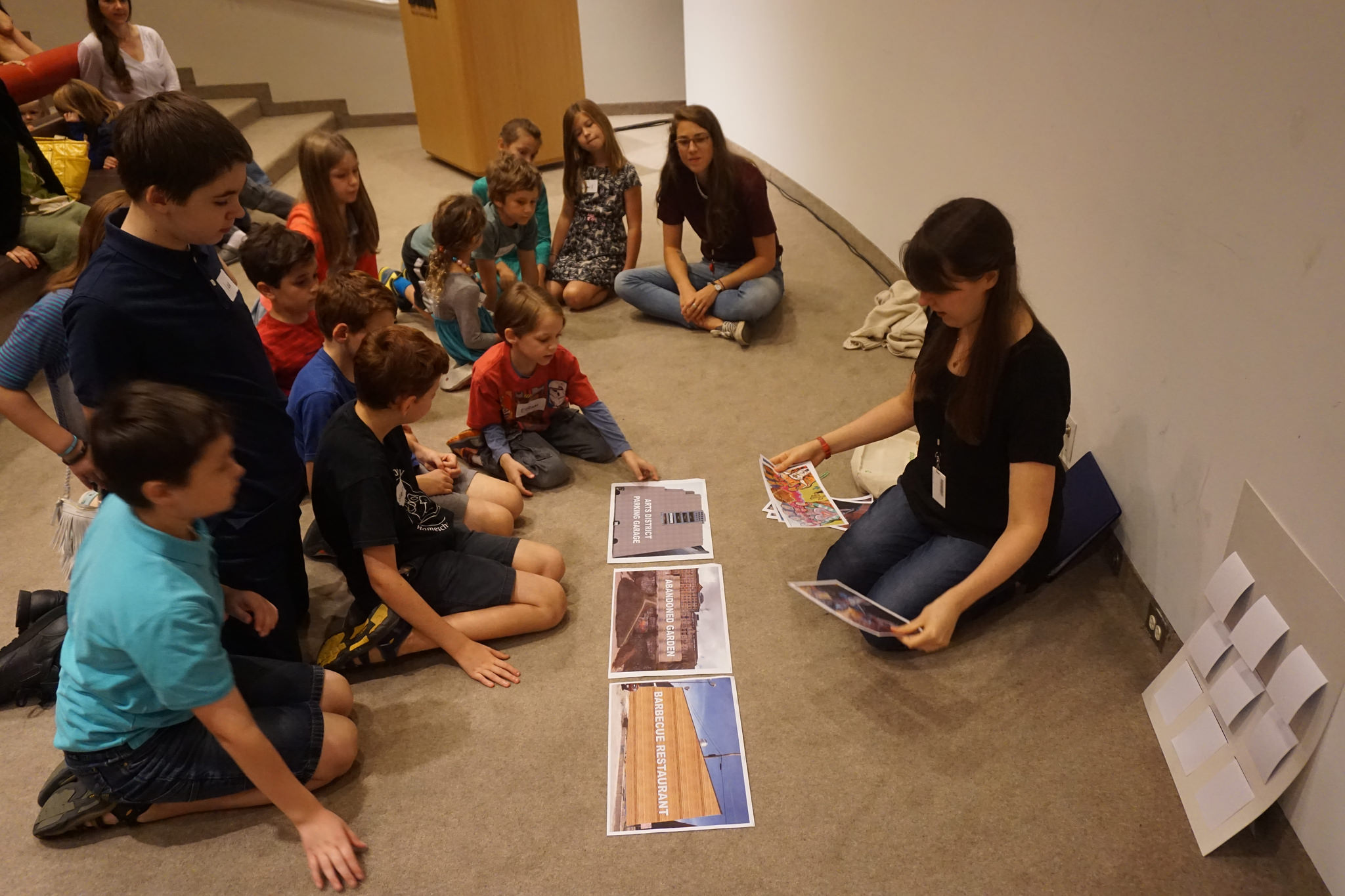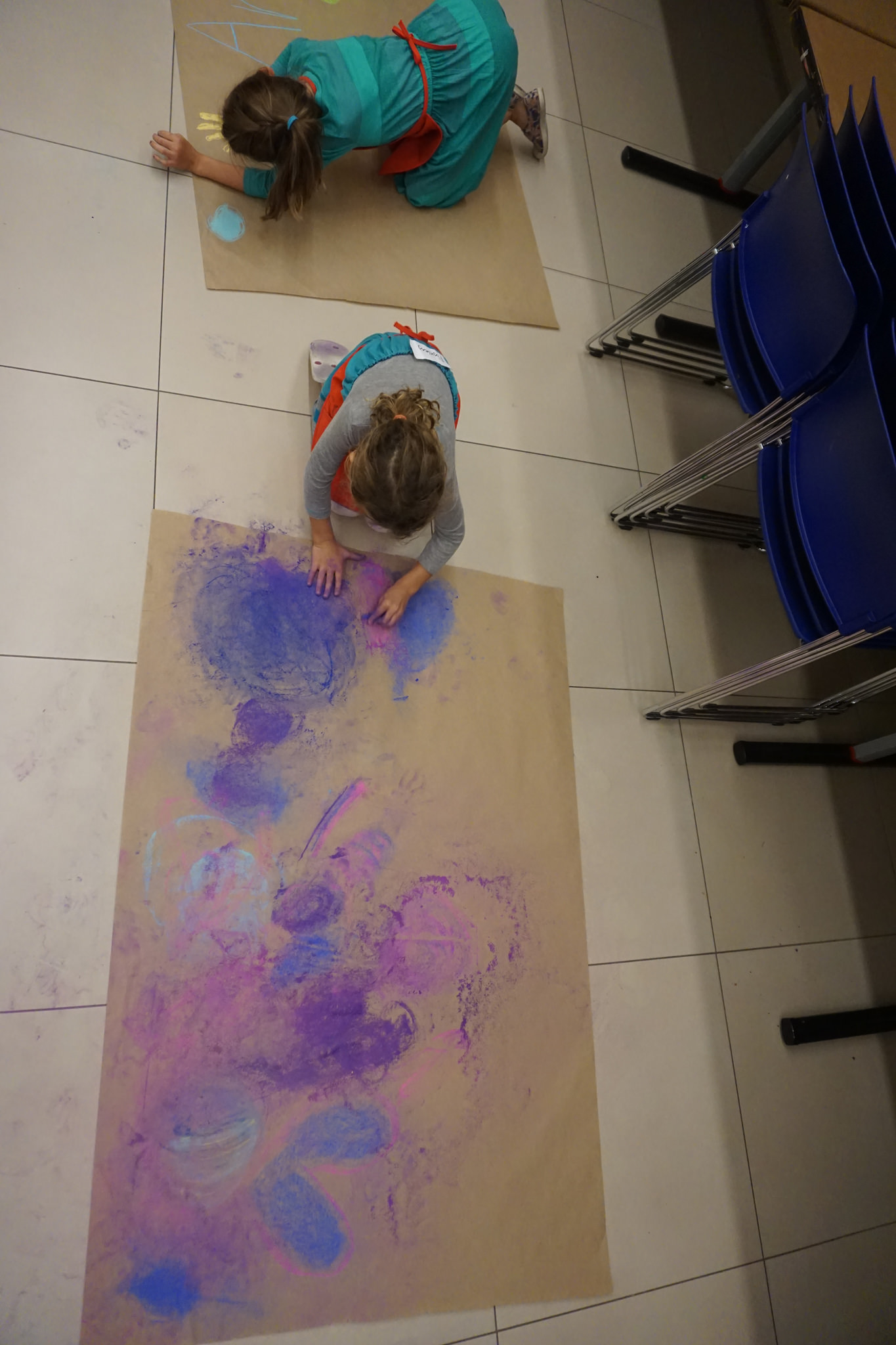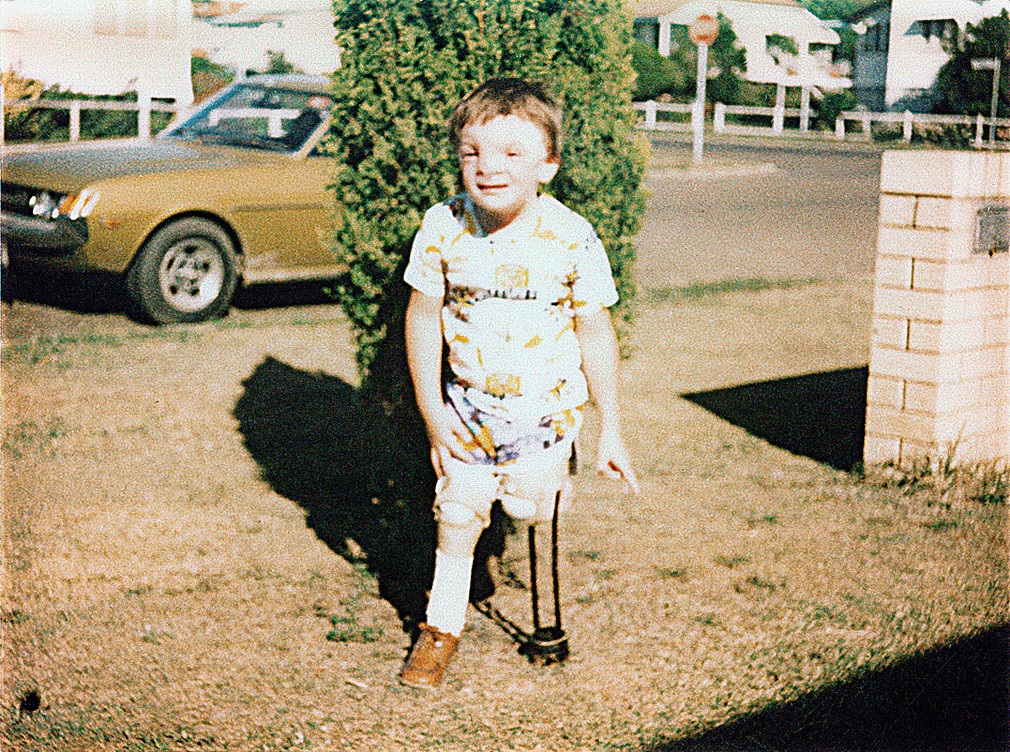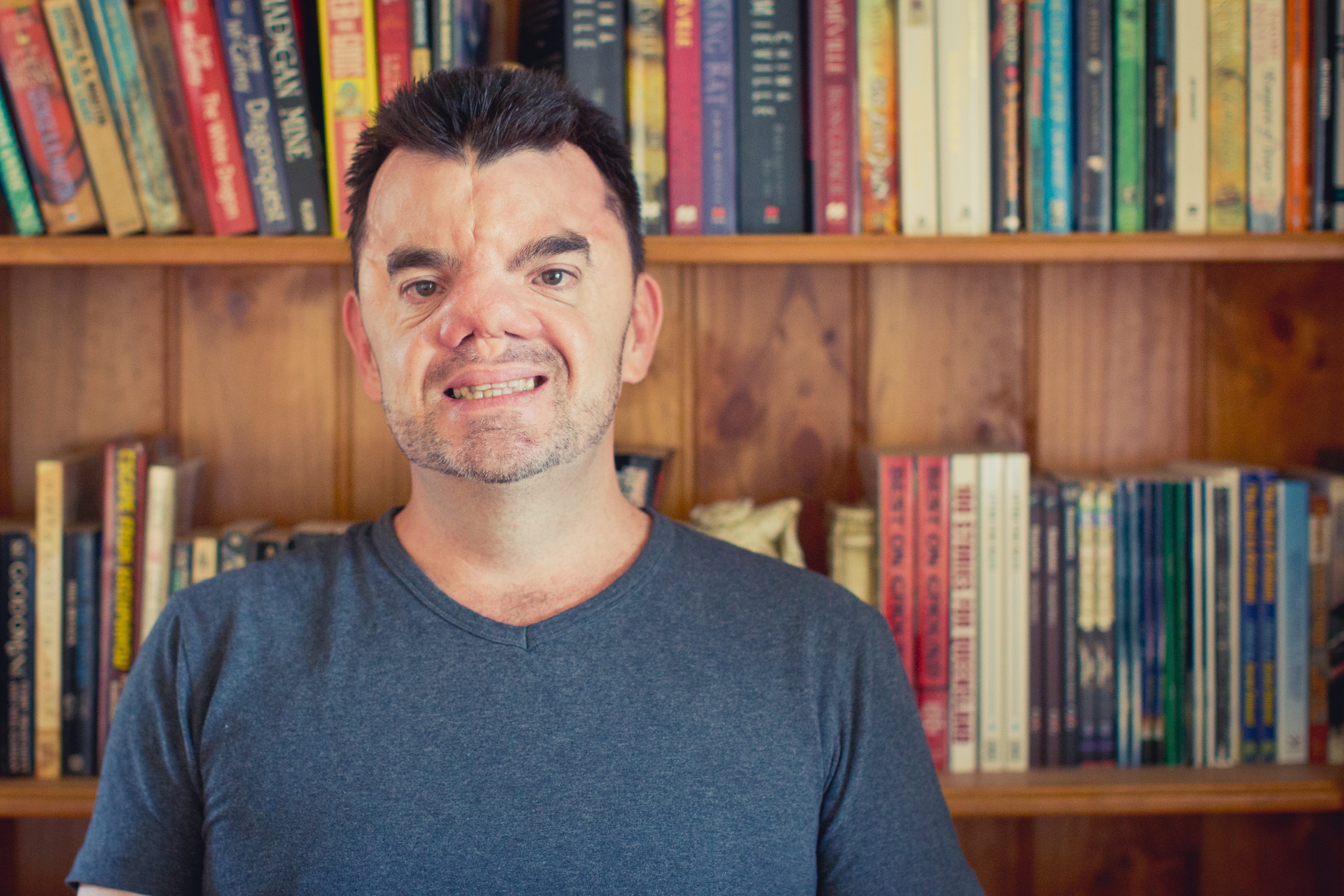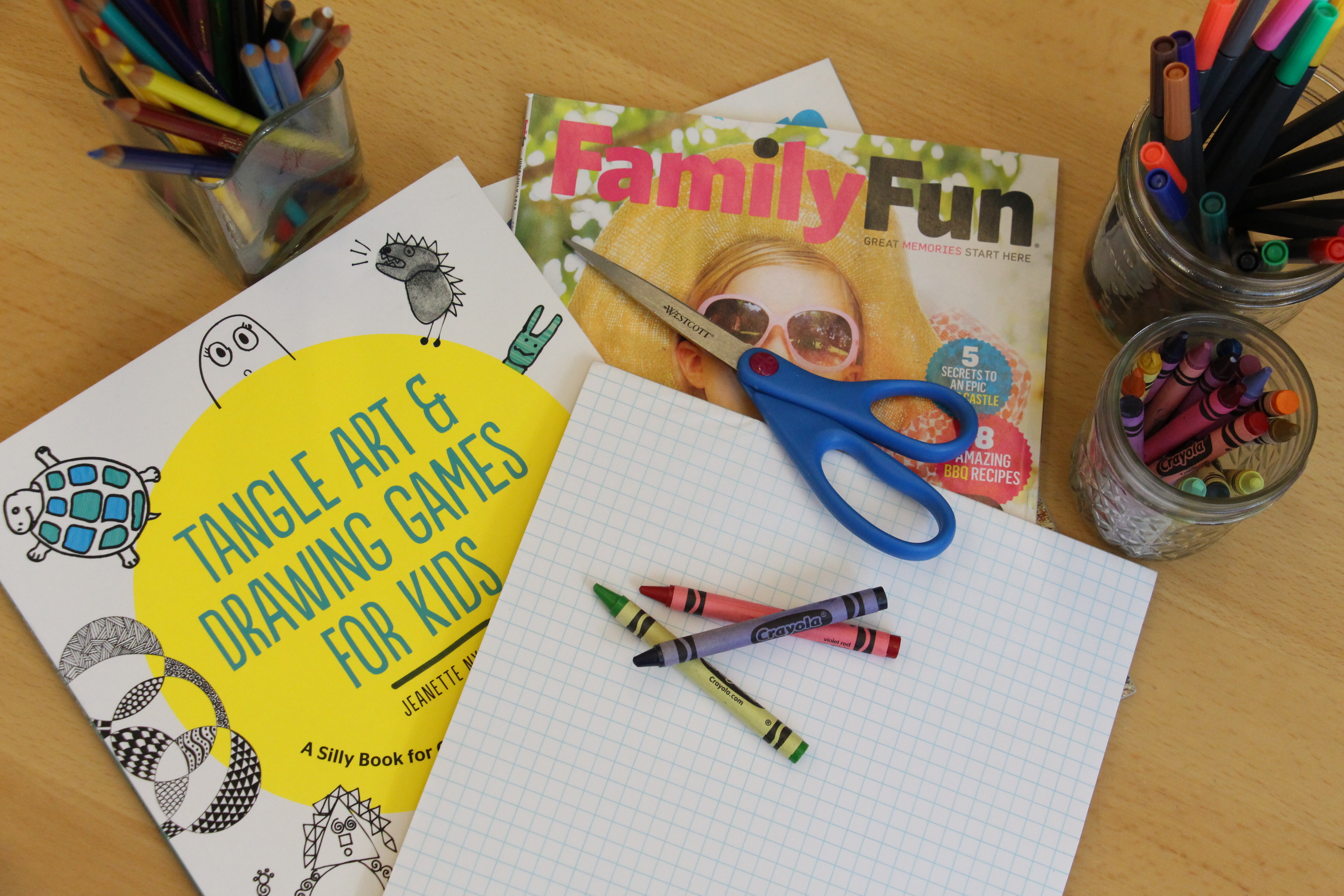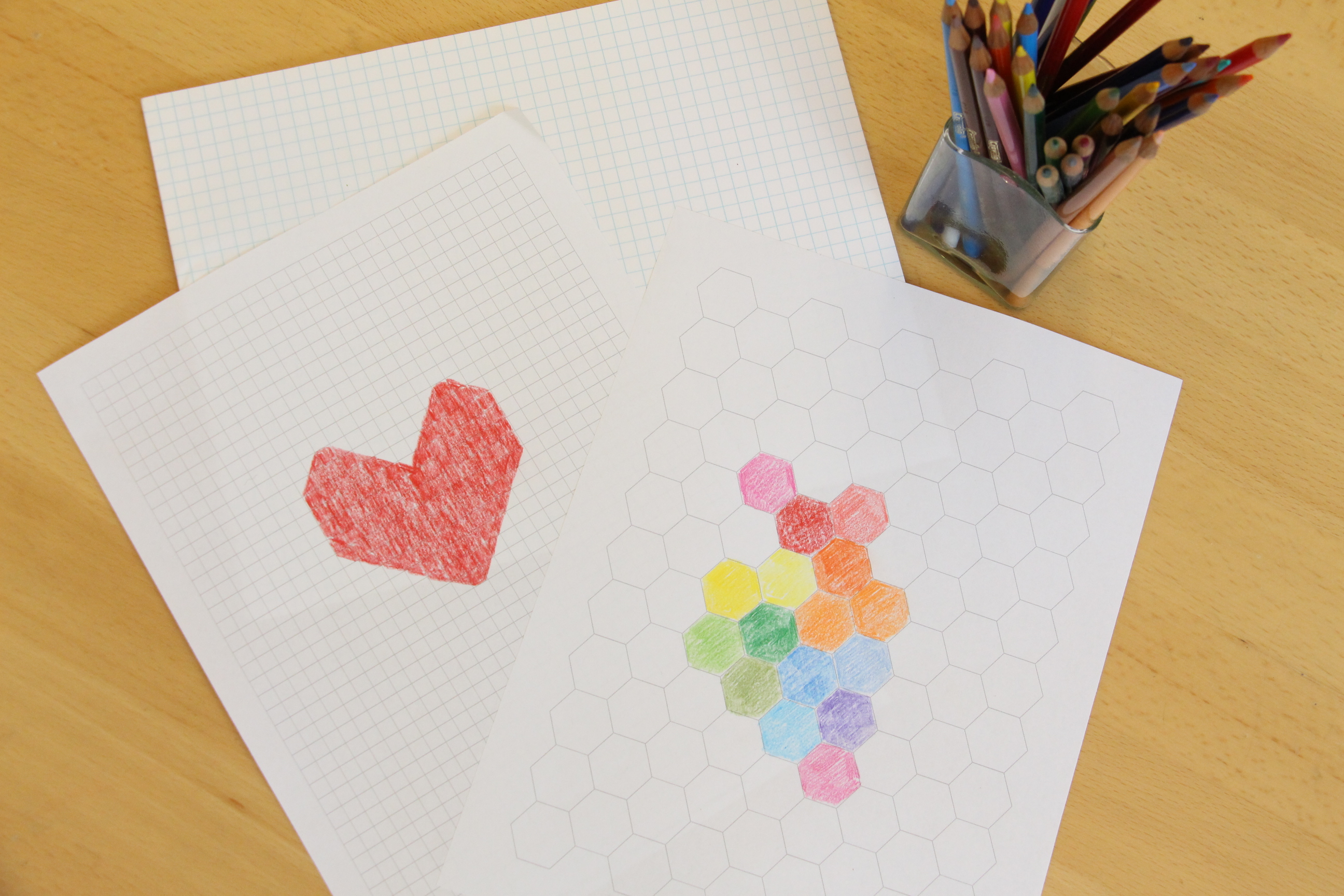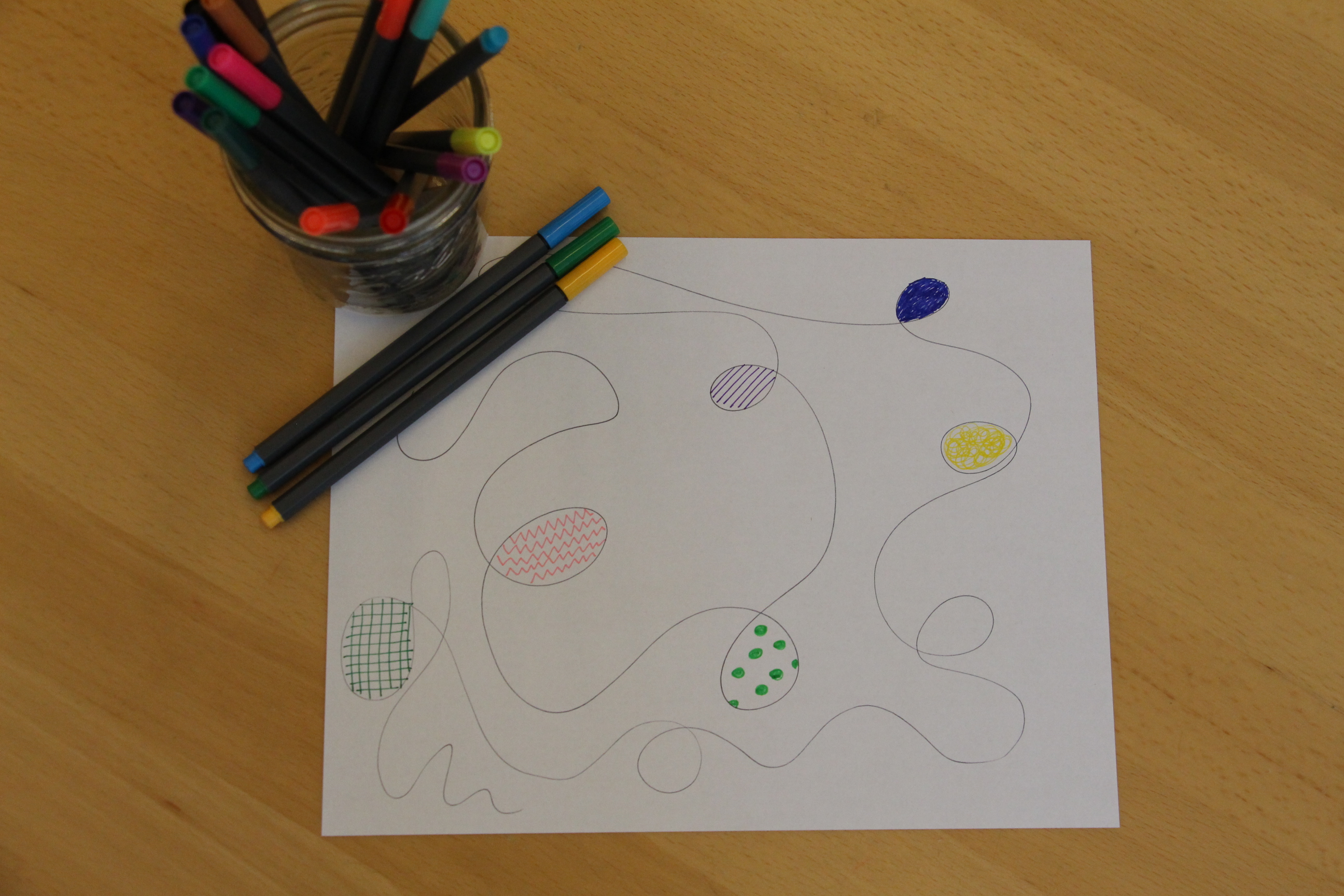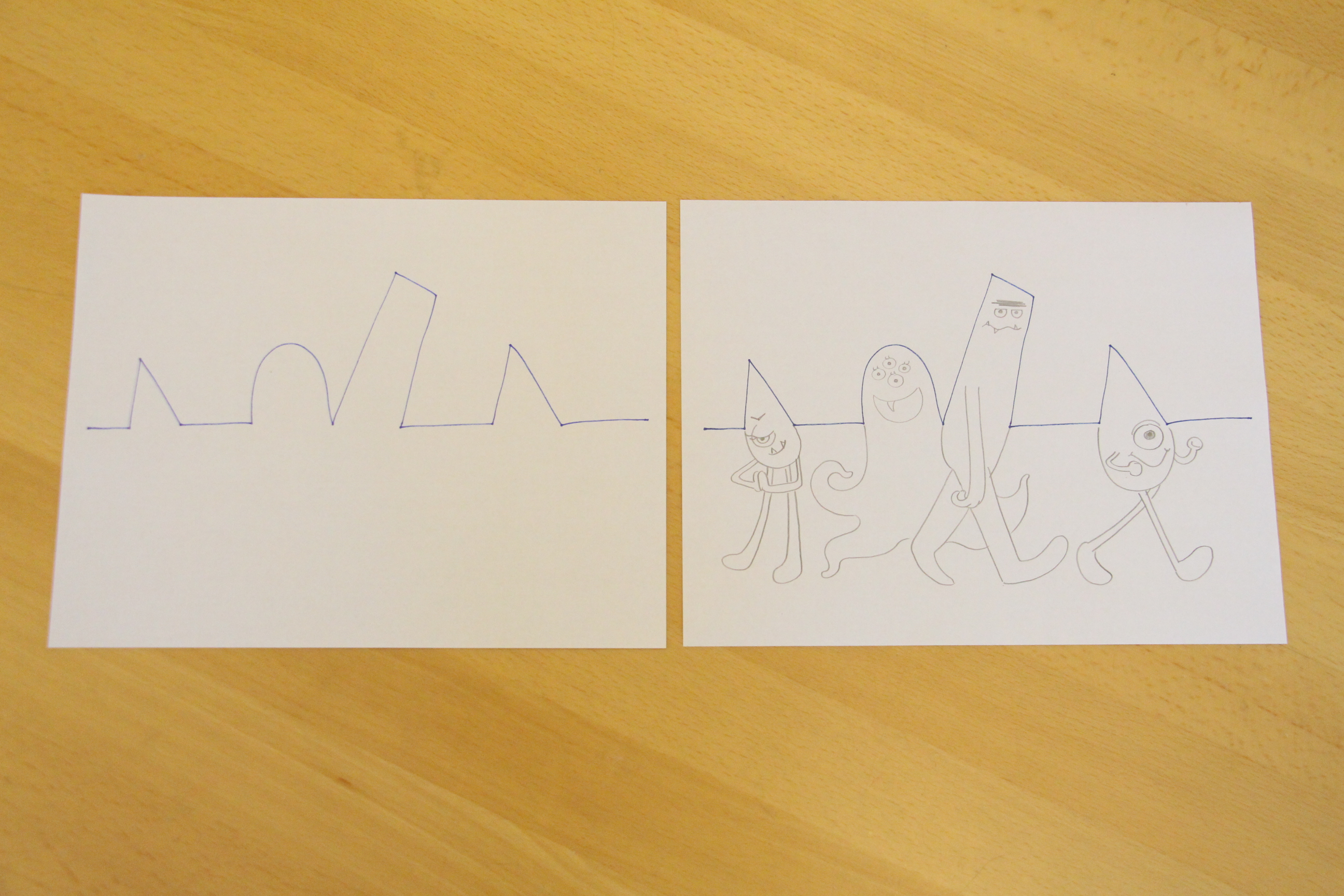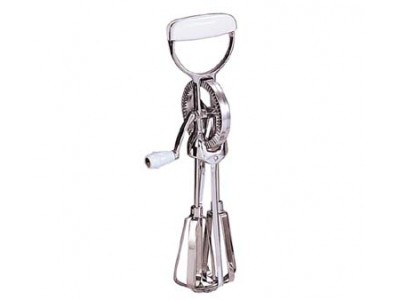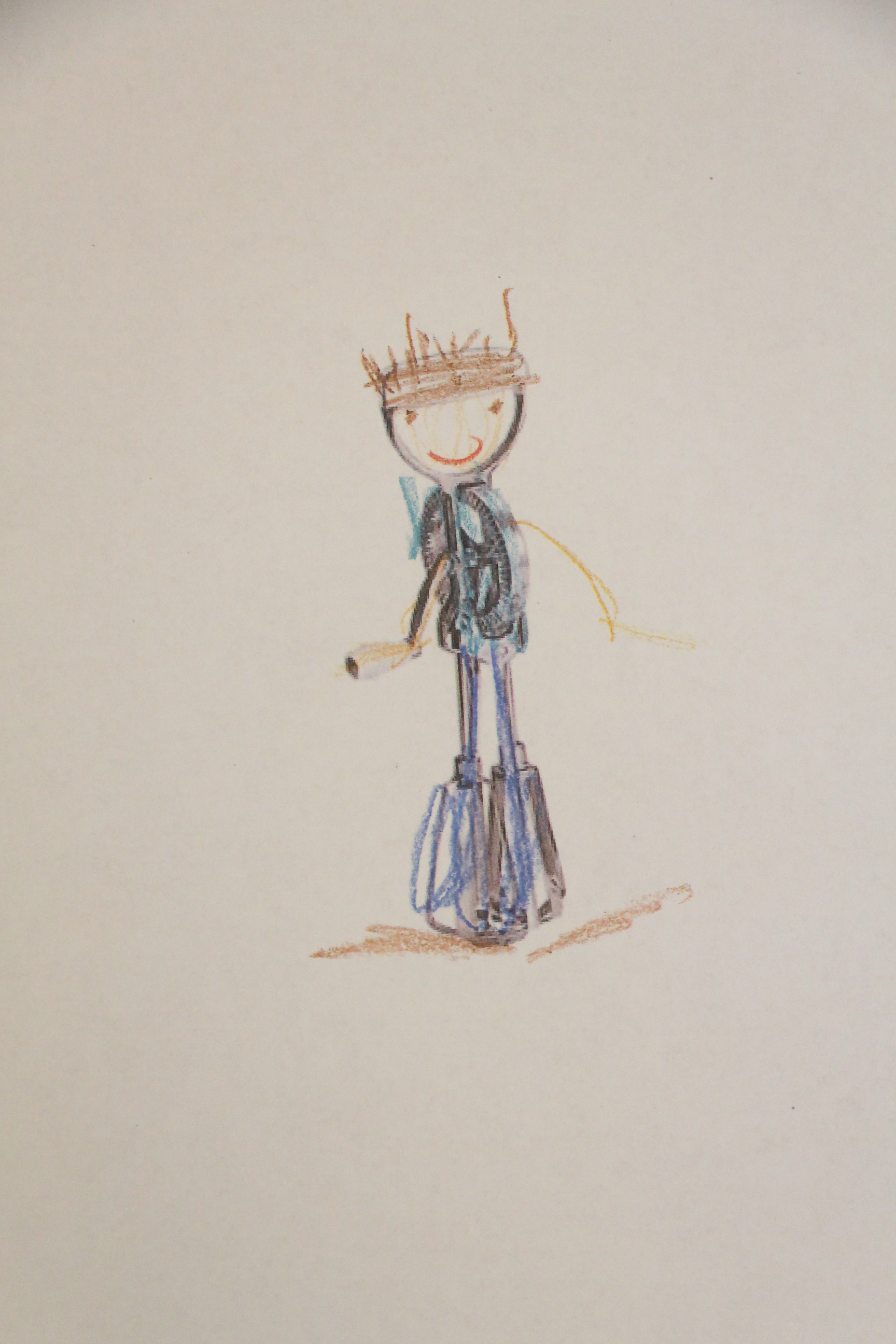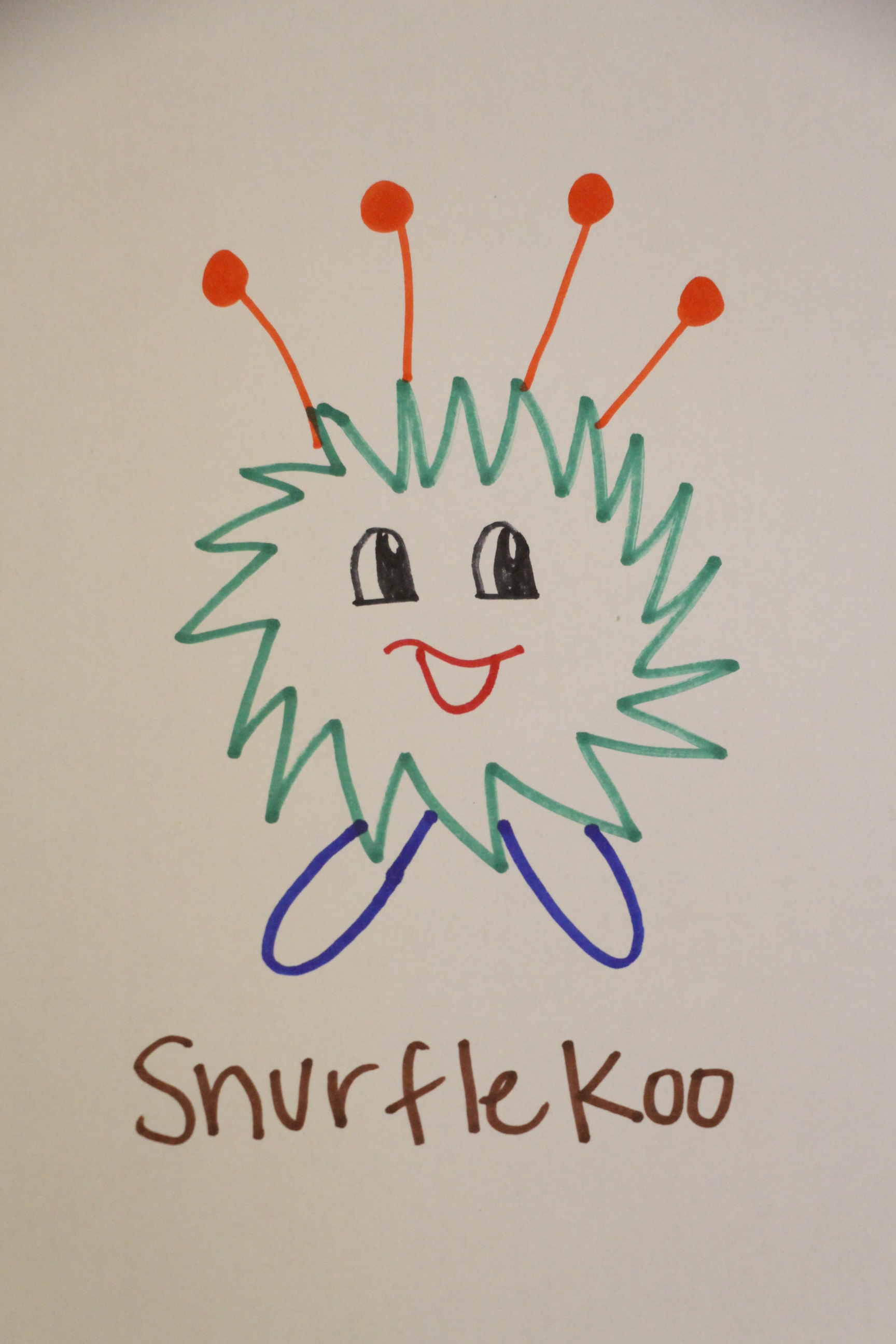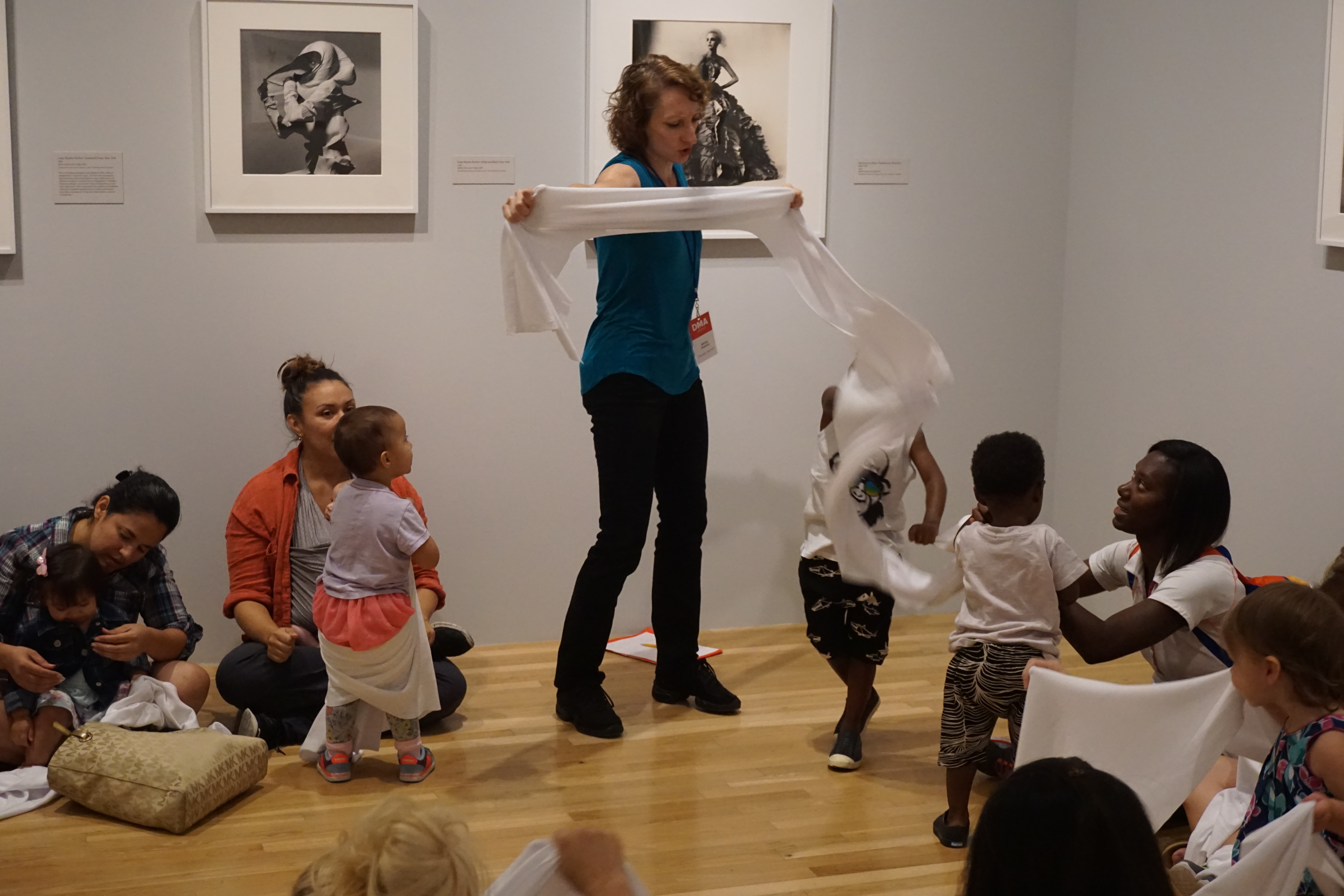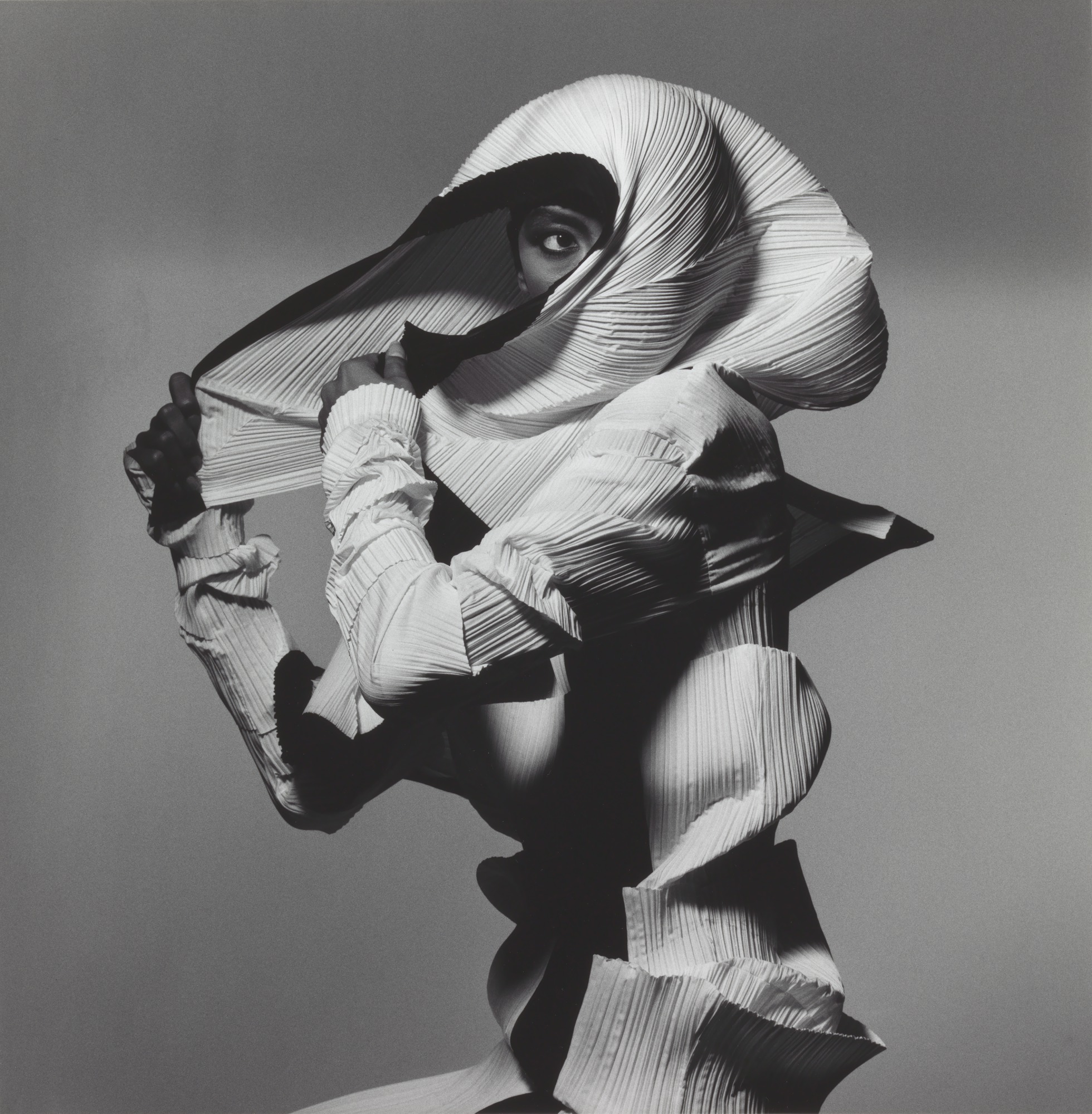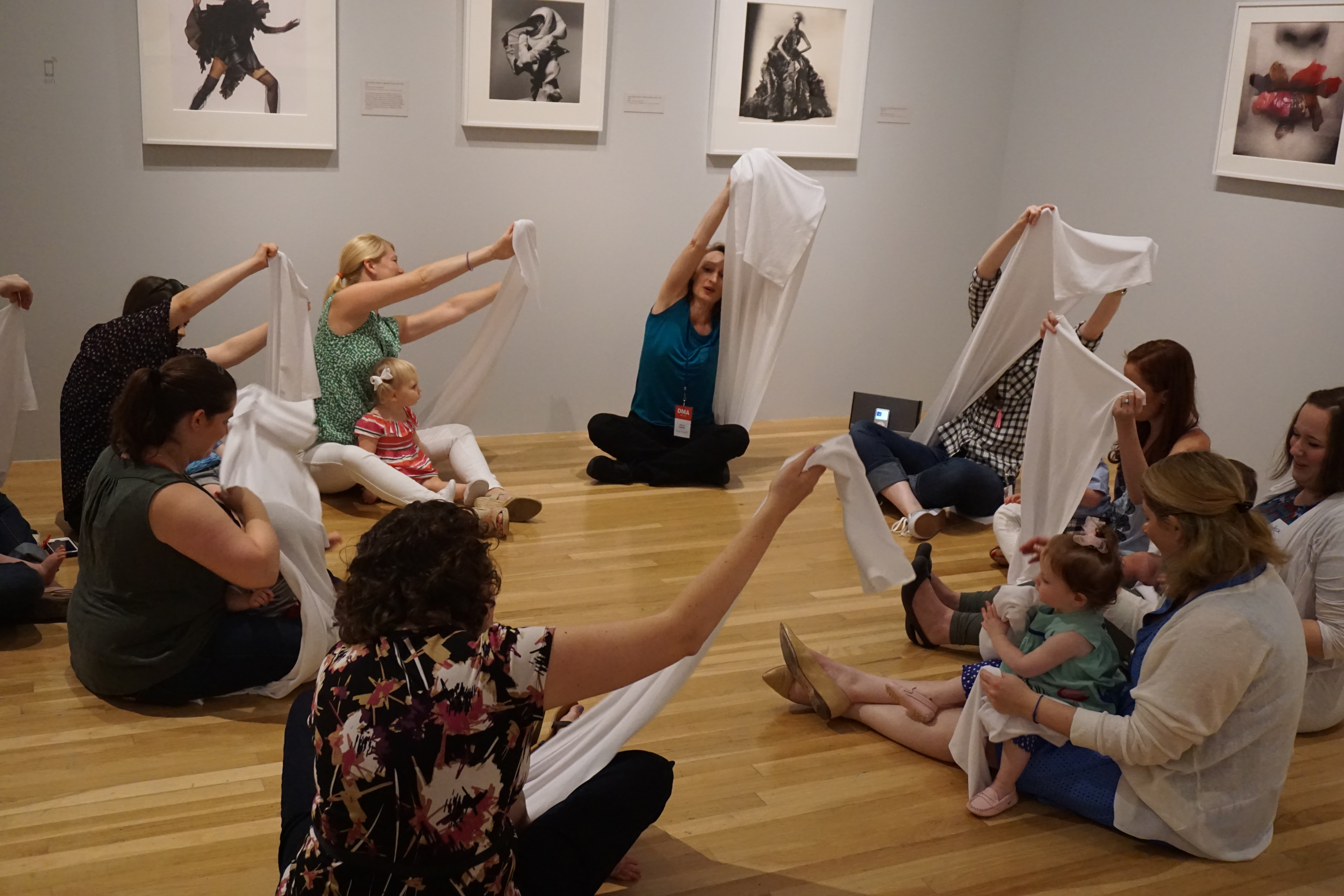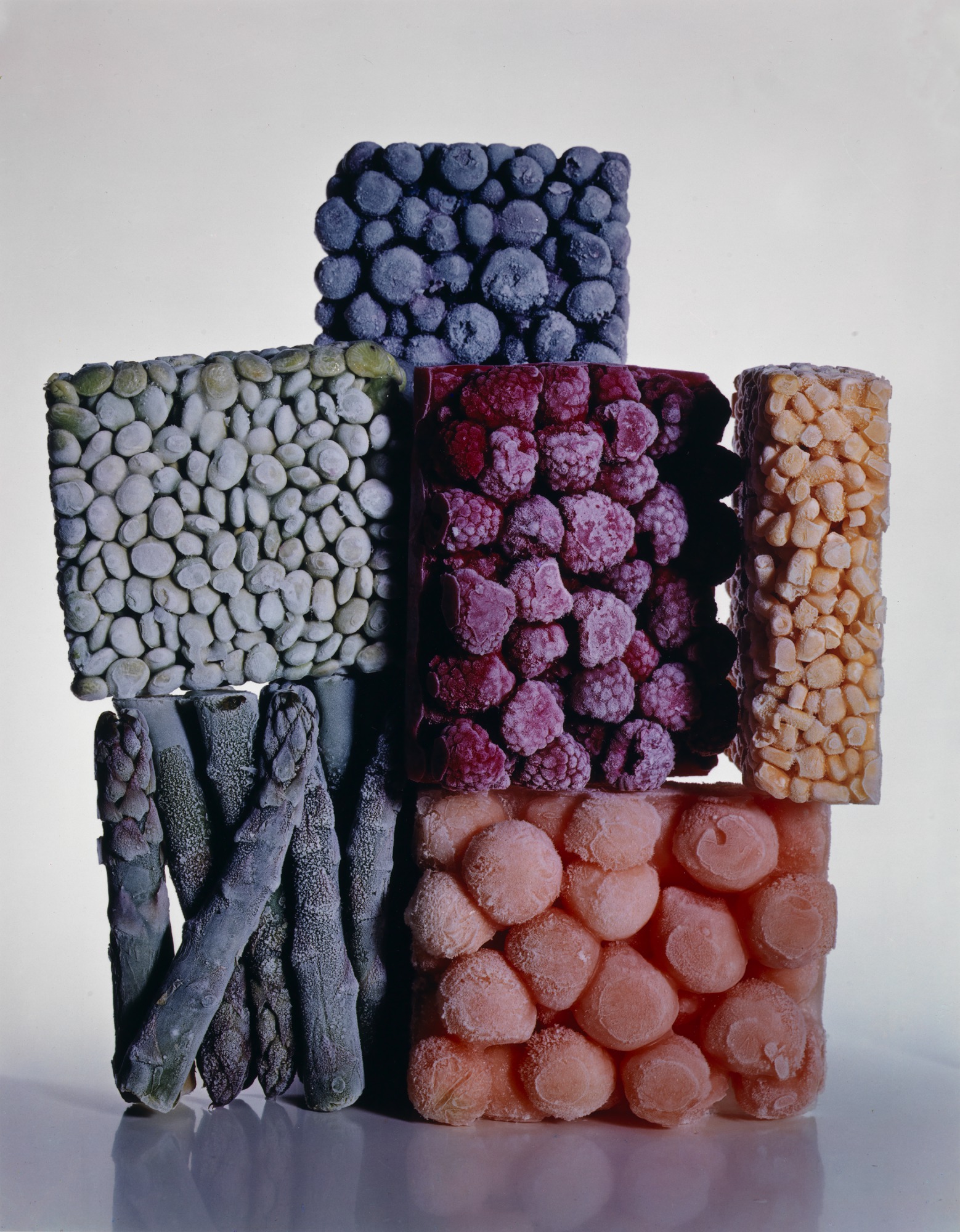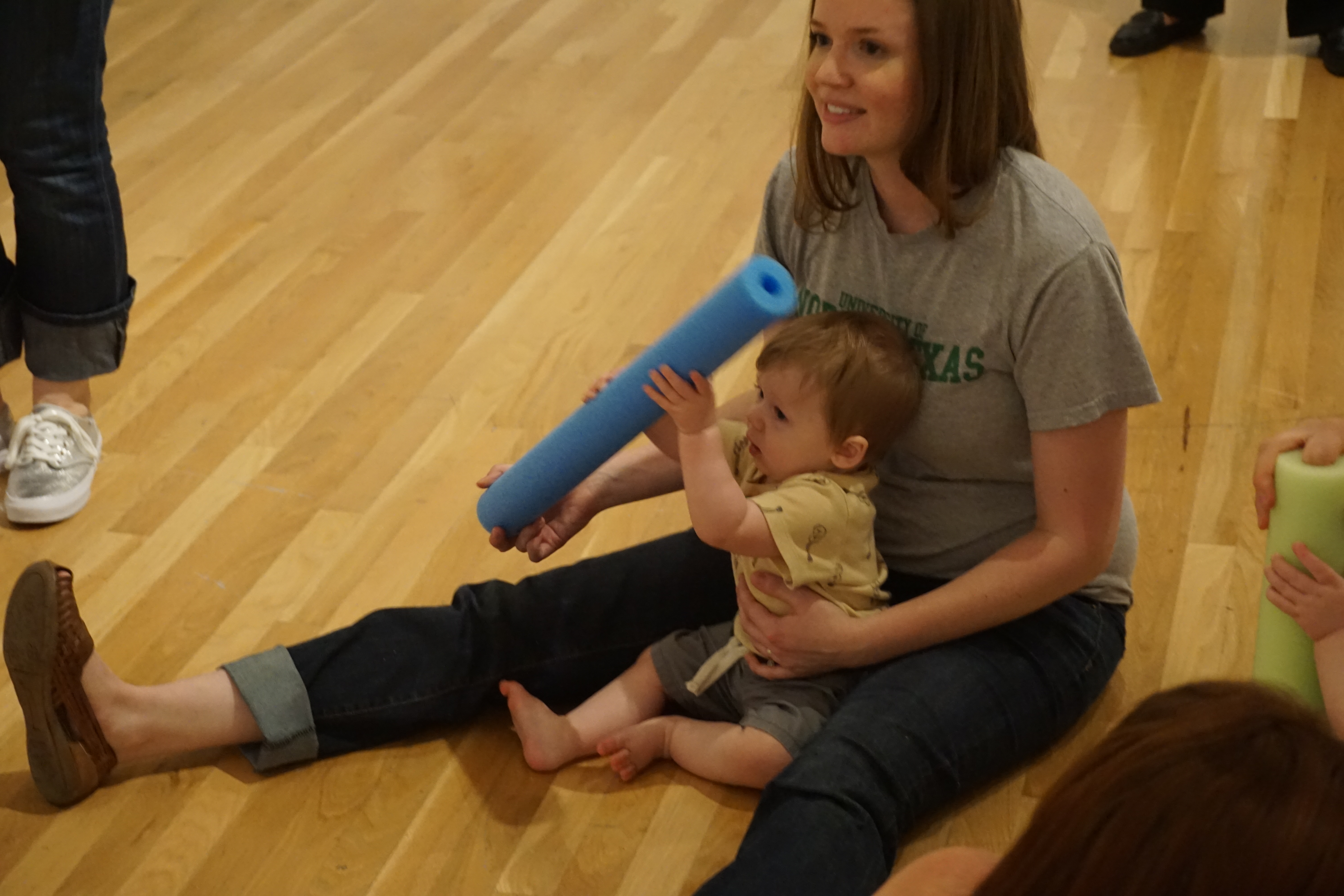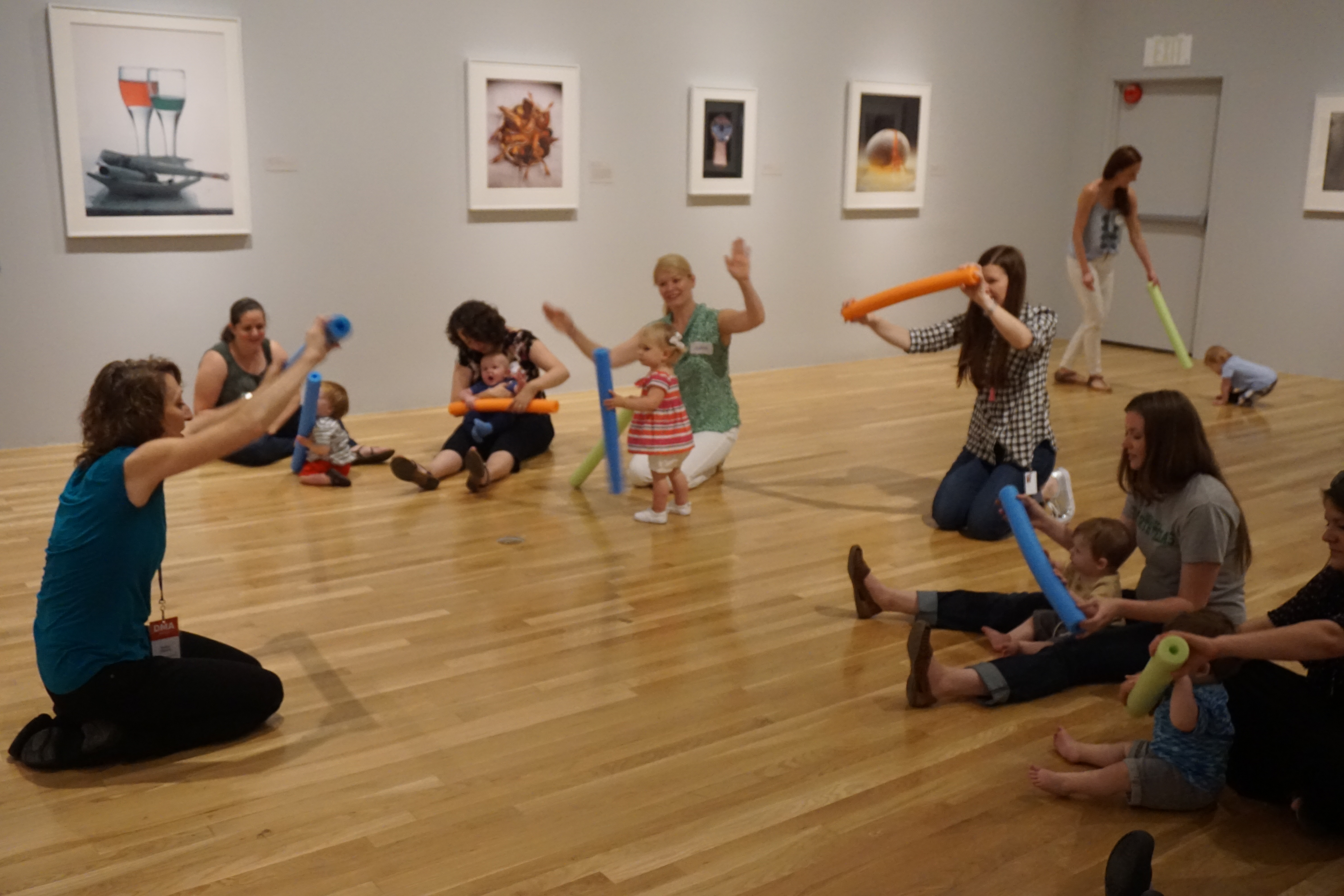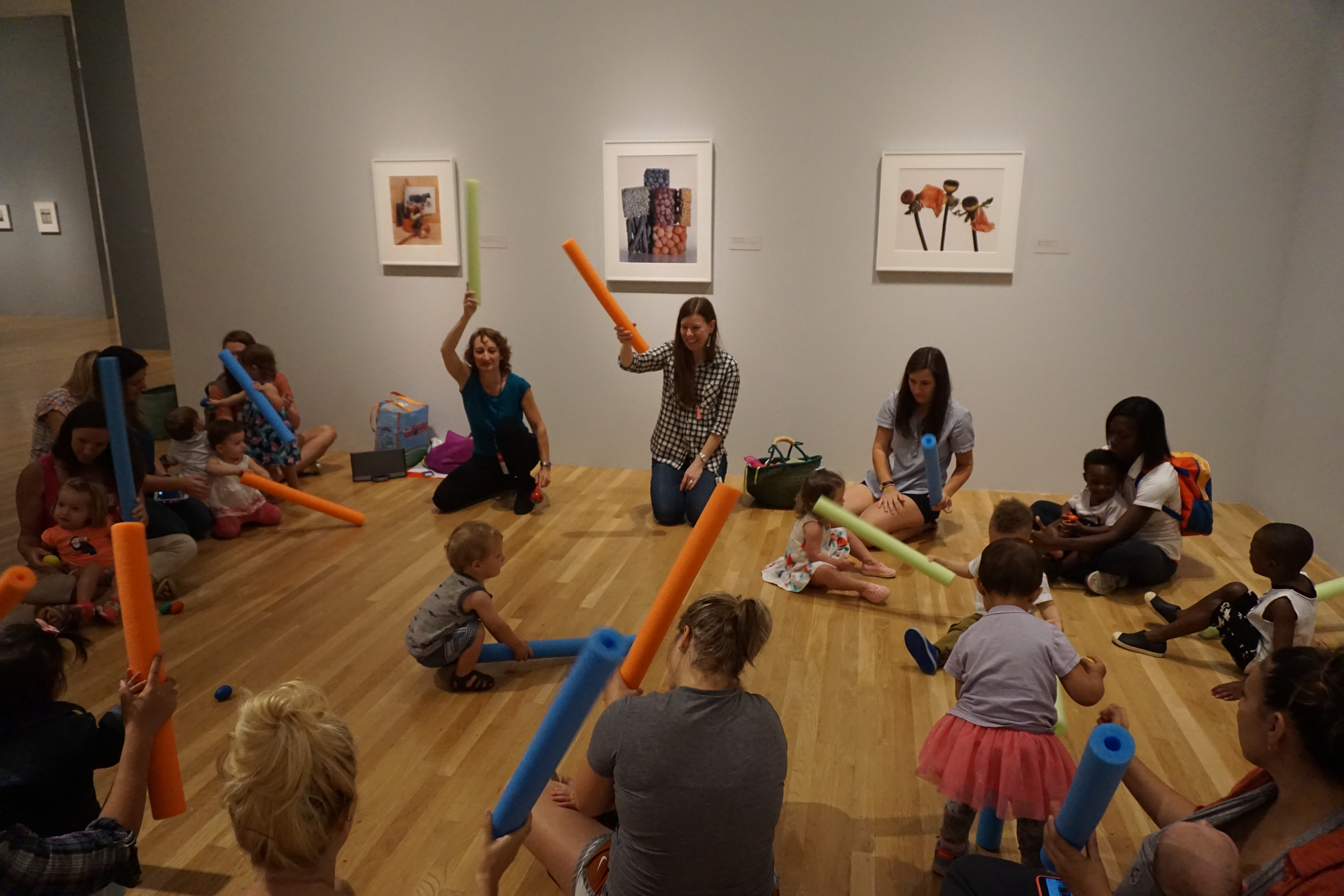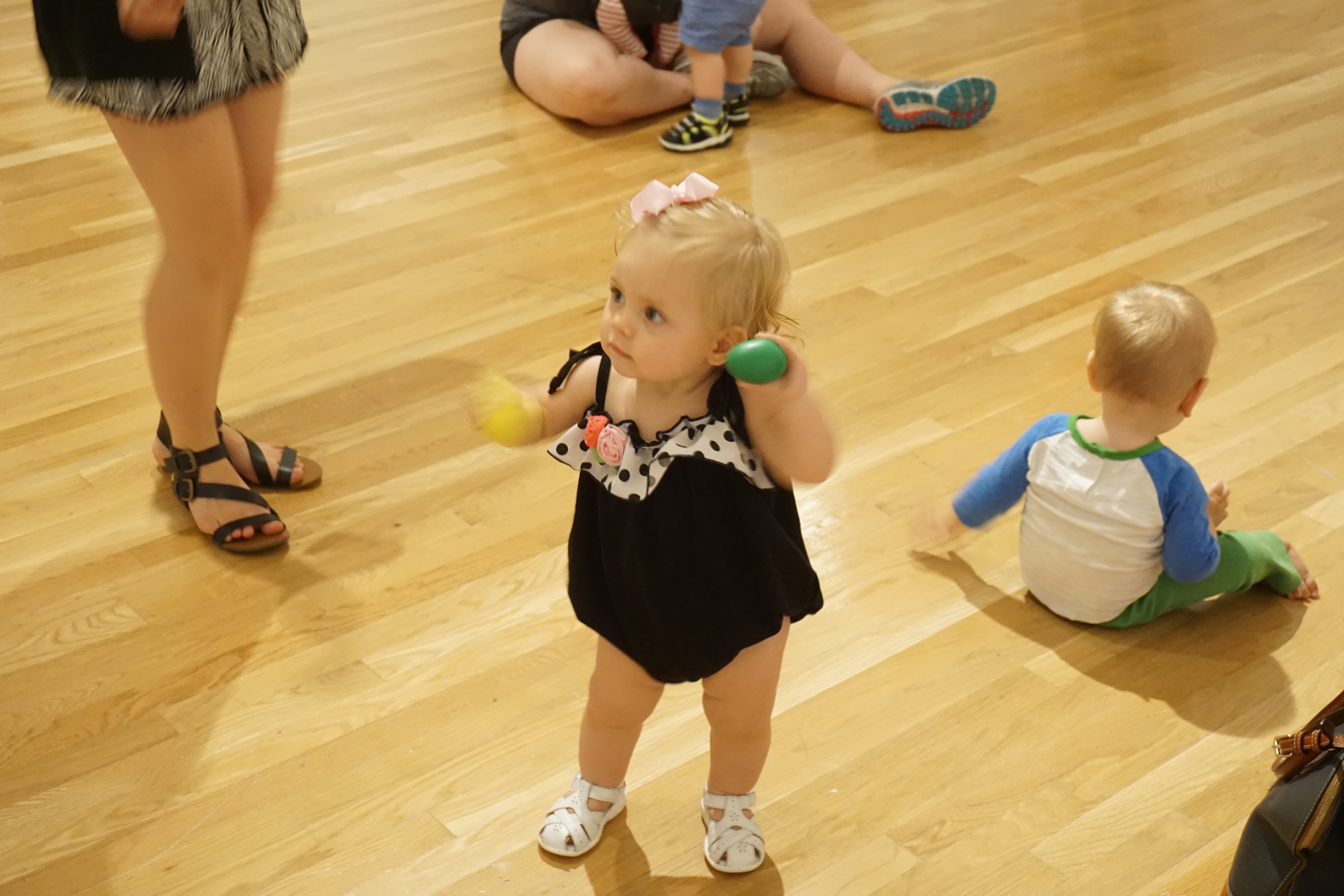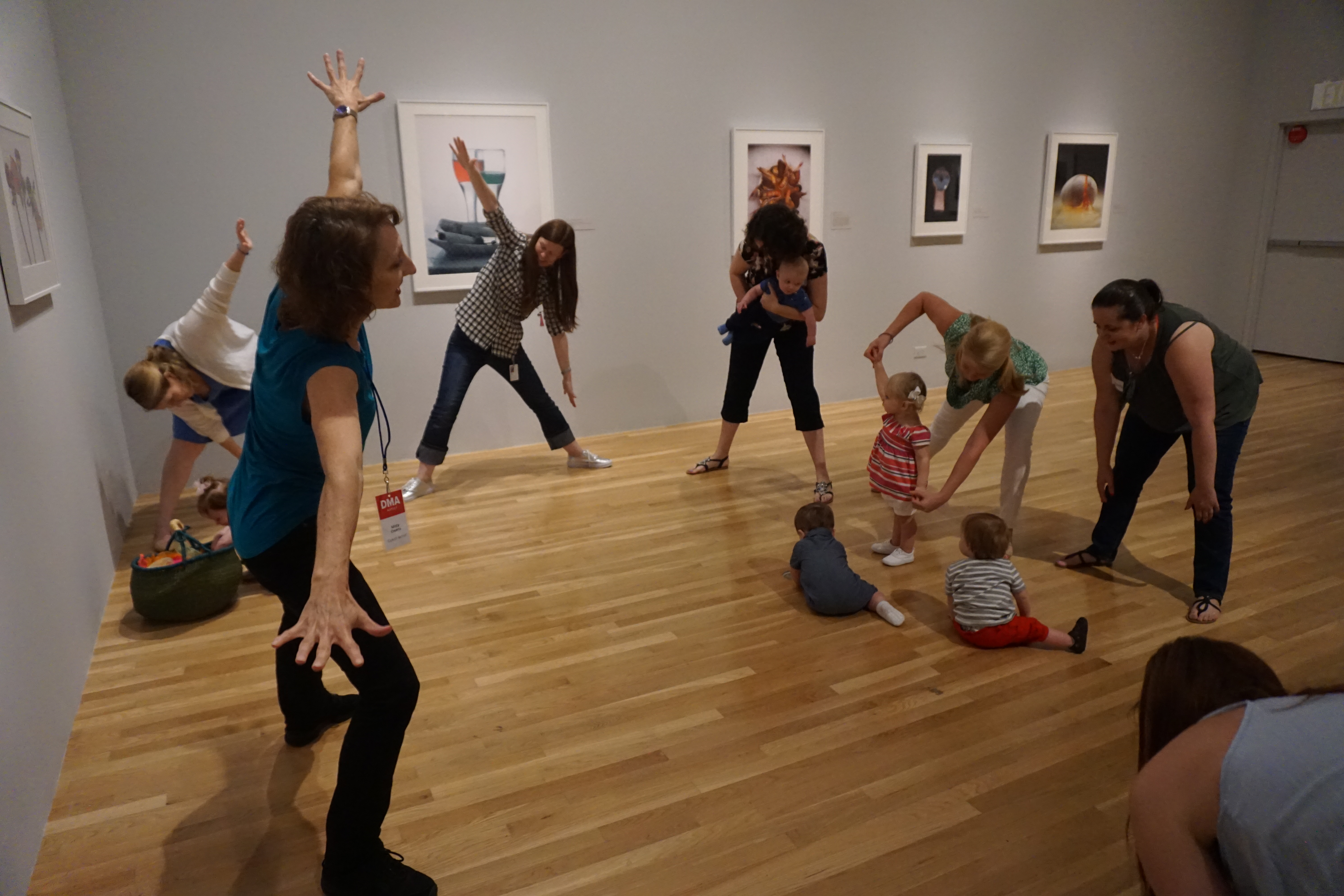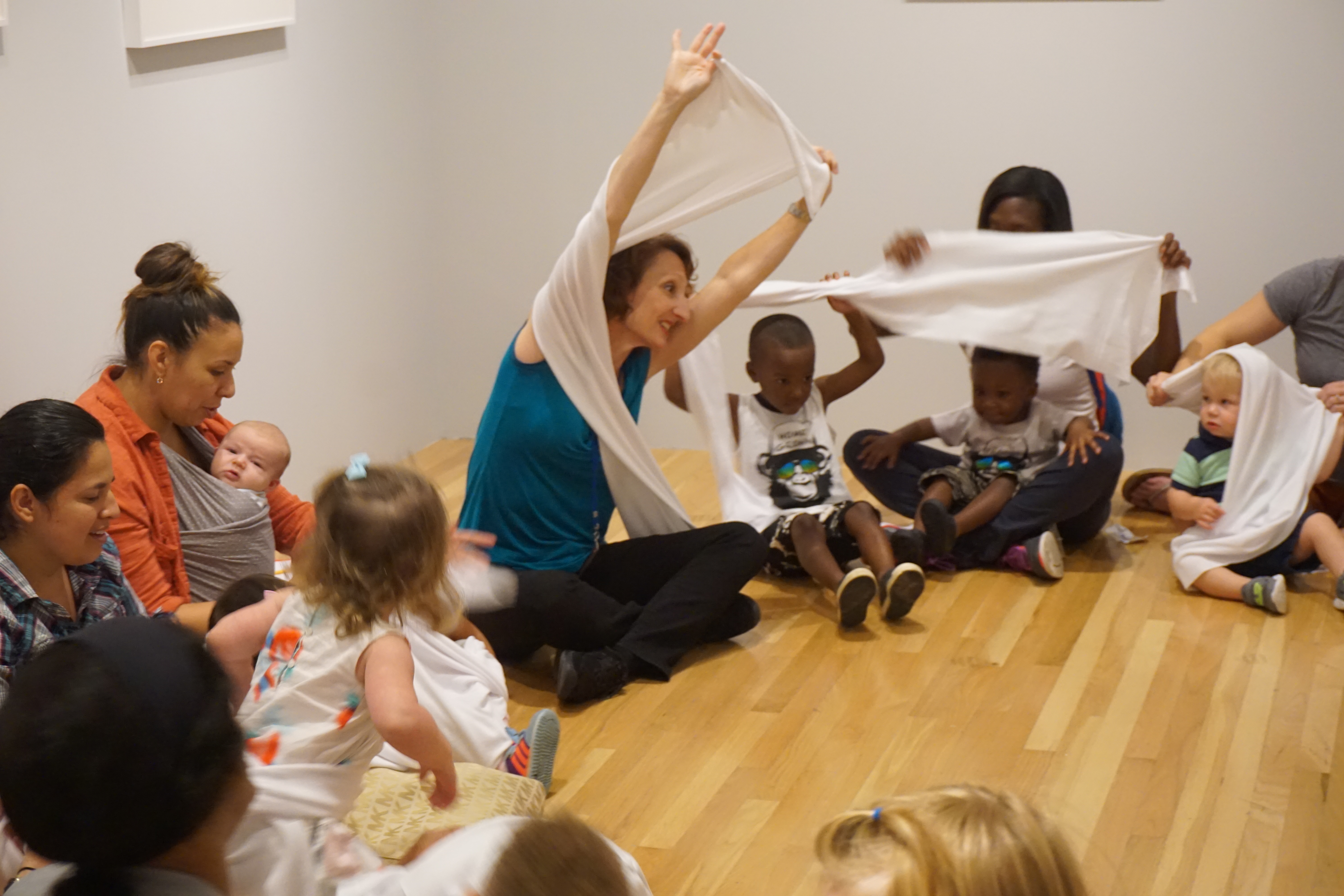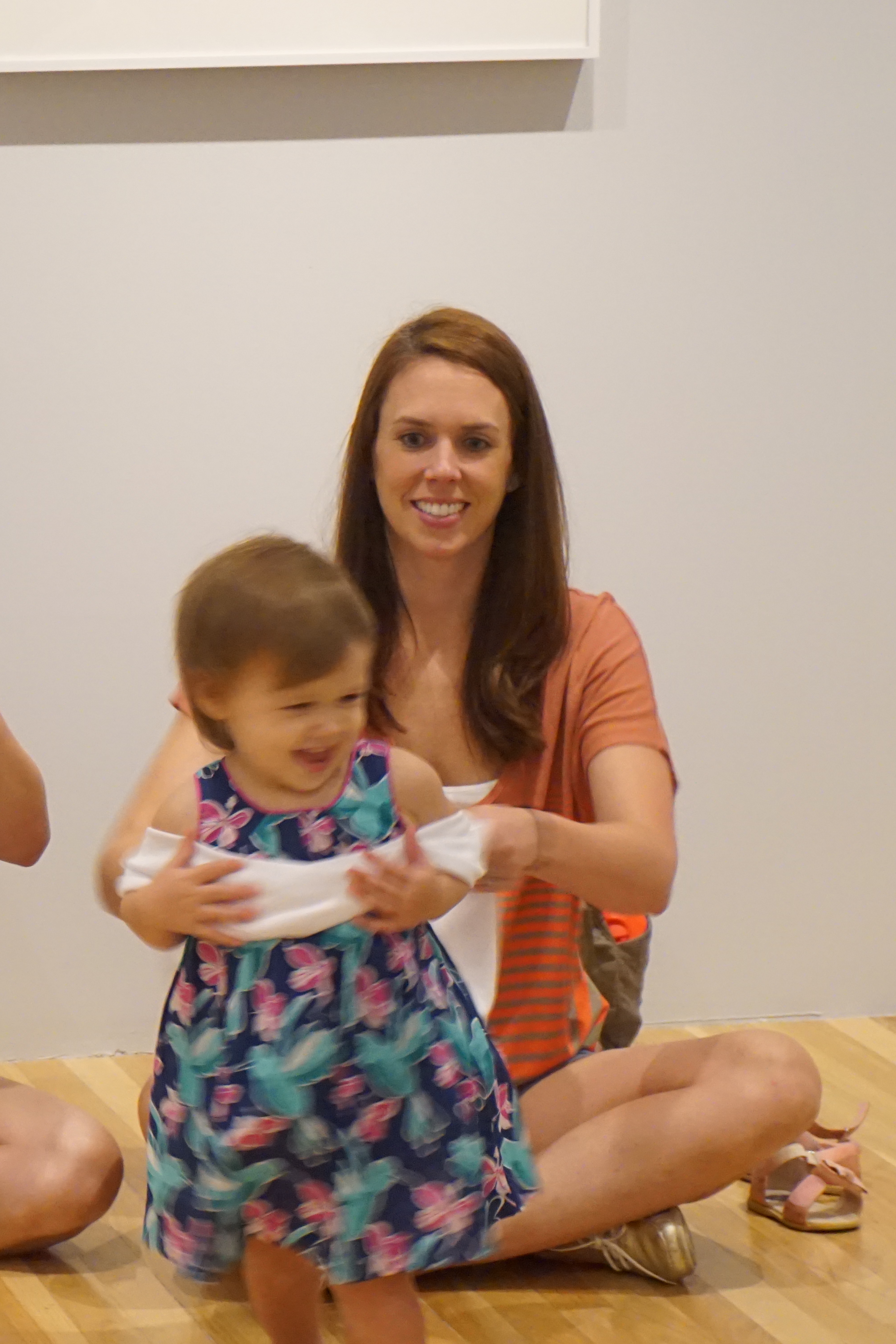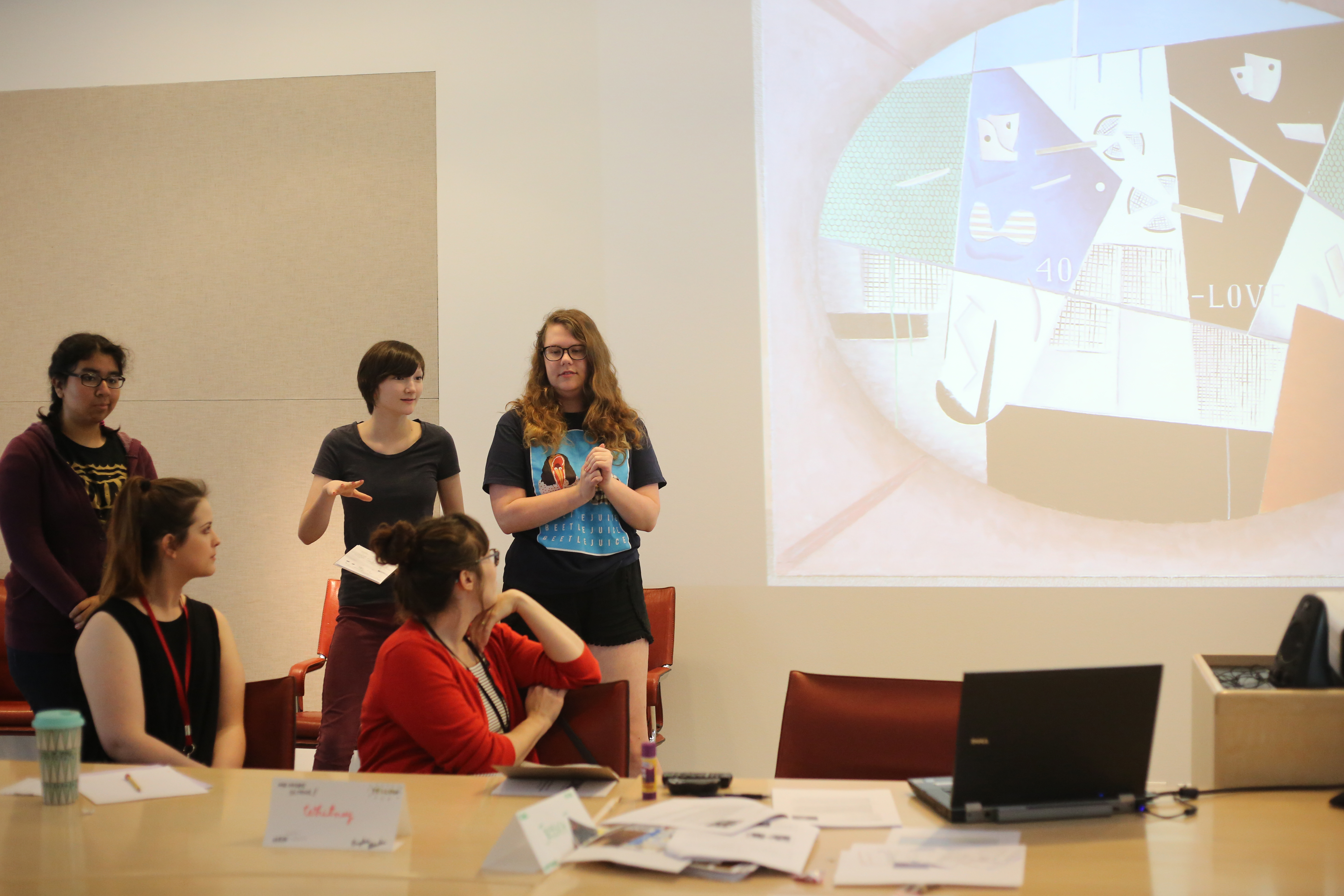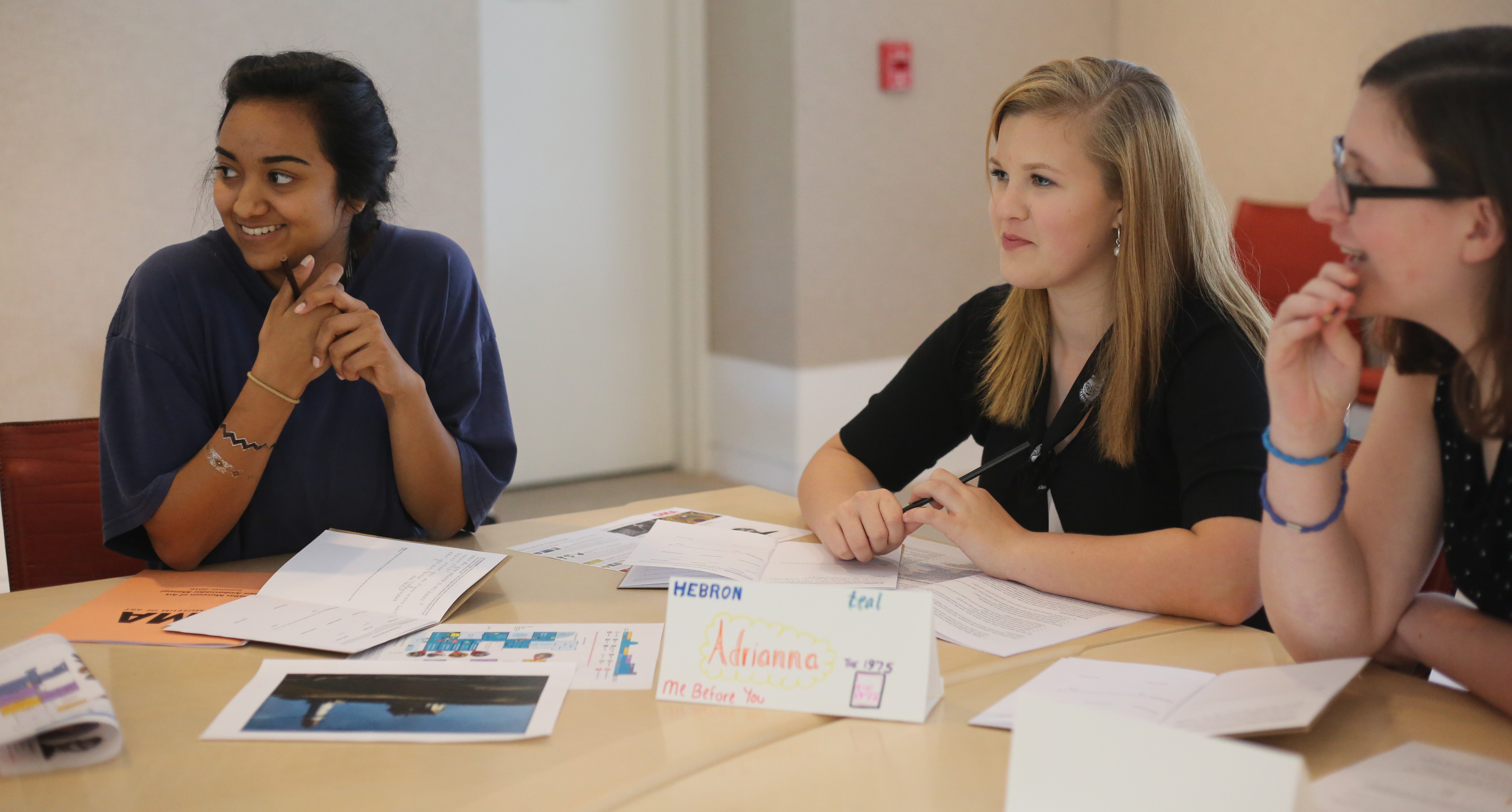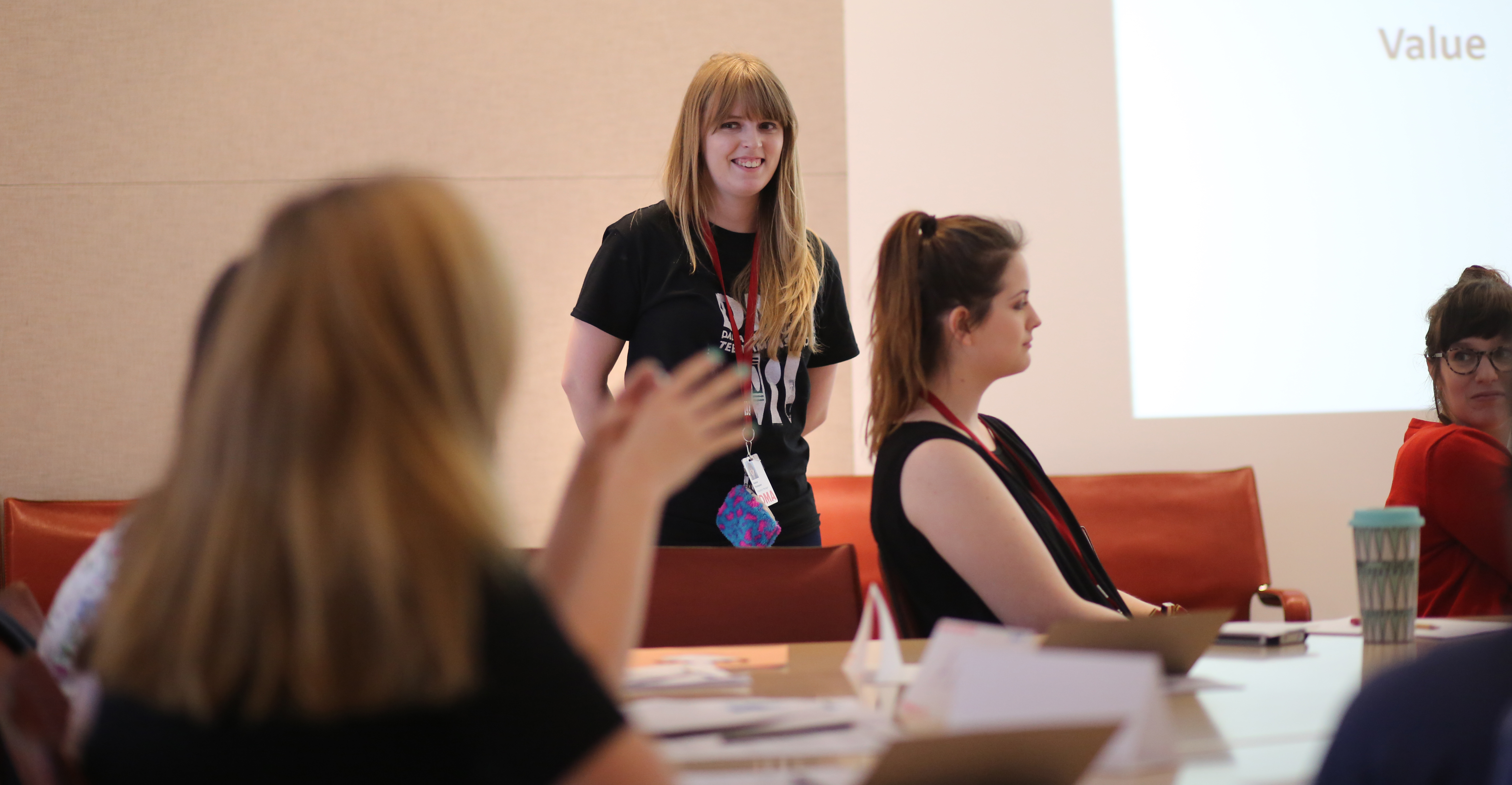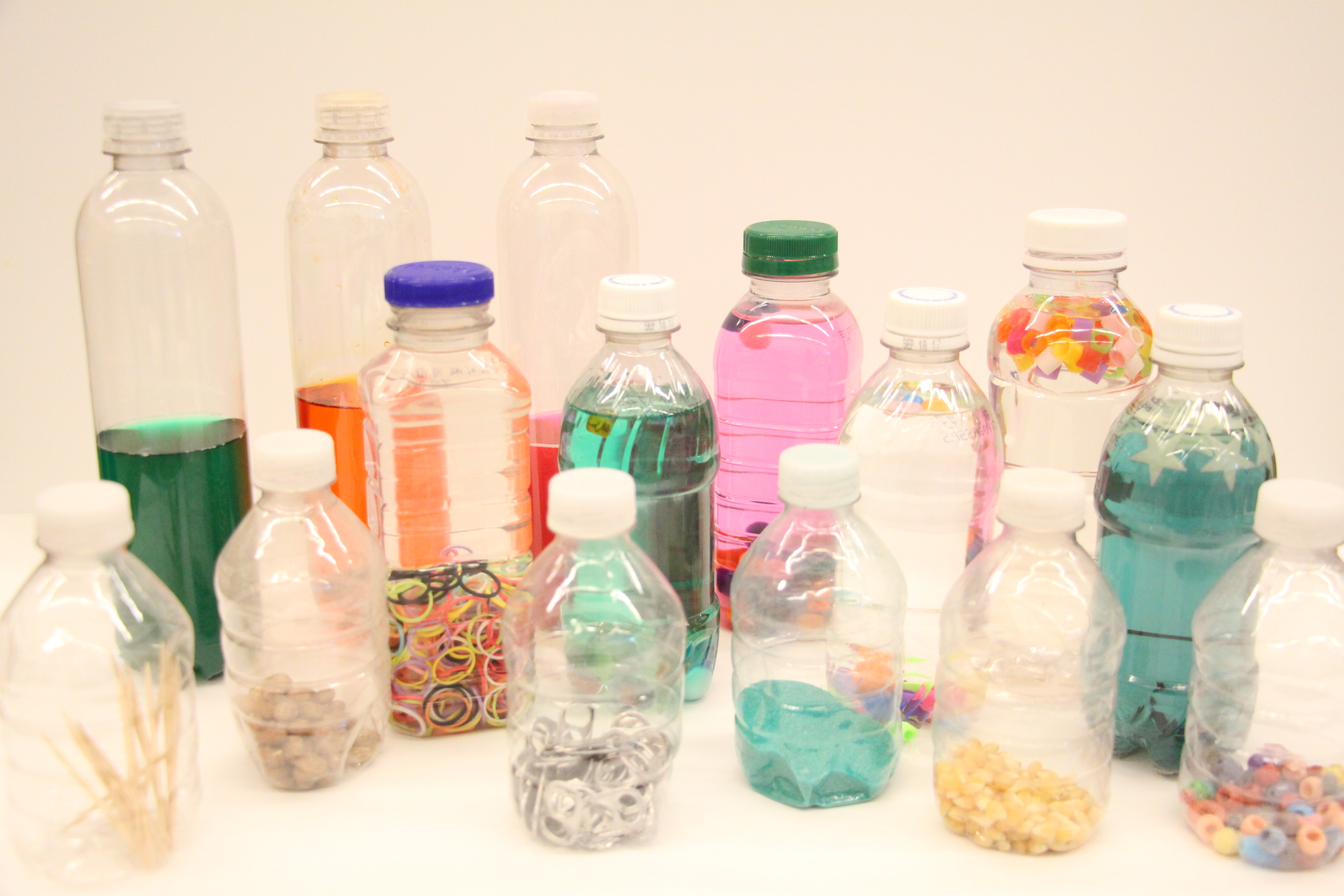
What do you get when you pair an ordinary plastic bottle with water, glitter, paint, sand, beans, or even toothpicks? An easy DIY toy, a great way to recycle, a crafty project, something to entertain the kids–How about all of the above! Sensory bottles are a great quiet toy for little ones to explore during those in-between moments—in the car on the way to the grocery store, at home when you need something to occupy their hands, or in the stroller when you’re on the go. At its most basic level, a sensory bottle is a container with cool stuff inside. Sounds easy, right?
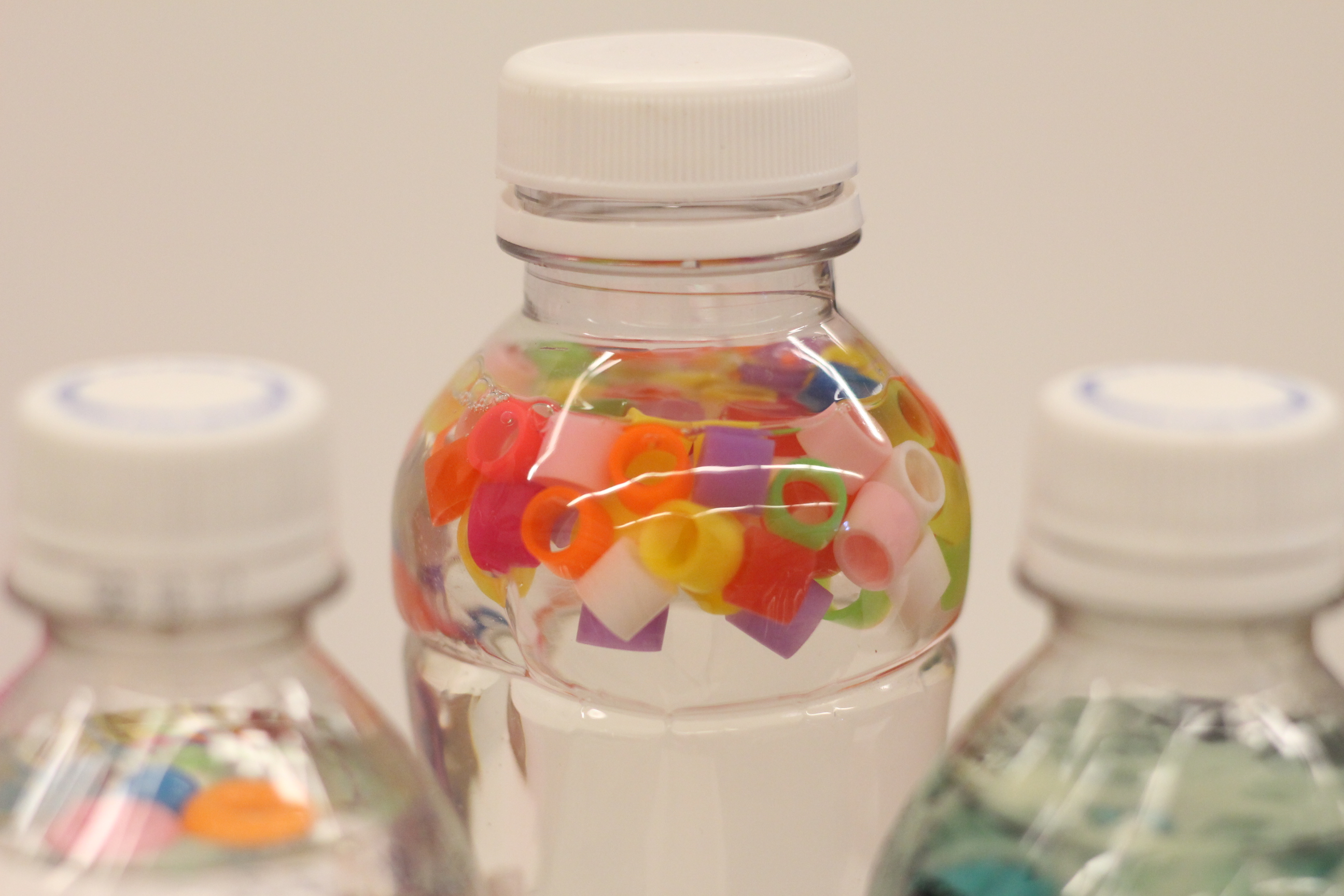
Here at the DMA, we have quite a collection of sensory bottles that we use for the Art Babies and Toddler Art classes and the monthly First Tuesday event for preschoolers. Some bottles are great noise-makers; others are simply mesmerizing to stare at. For today’s DIY, we’ll get the low-down on how to make a sensory bottle and then take on the challenge of making bottles inspired by art in the museum.
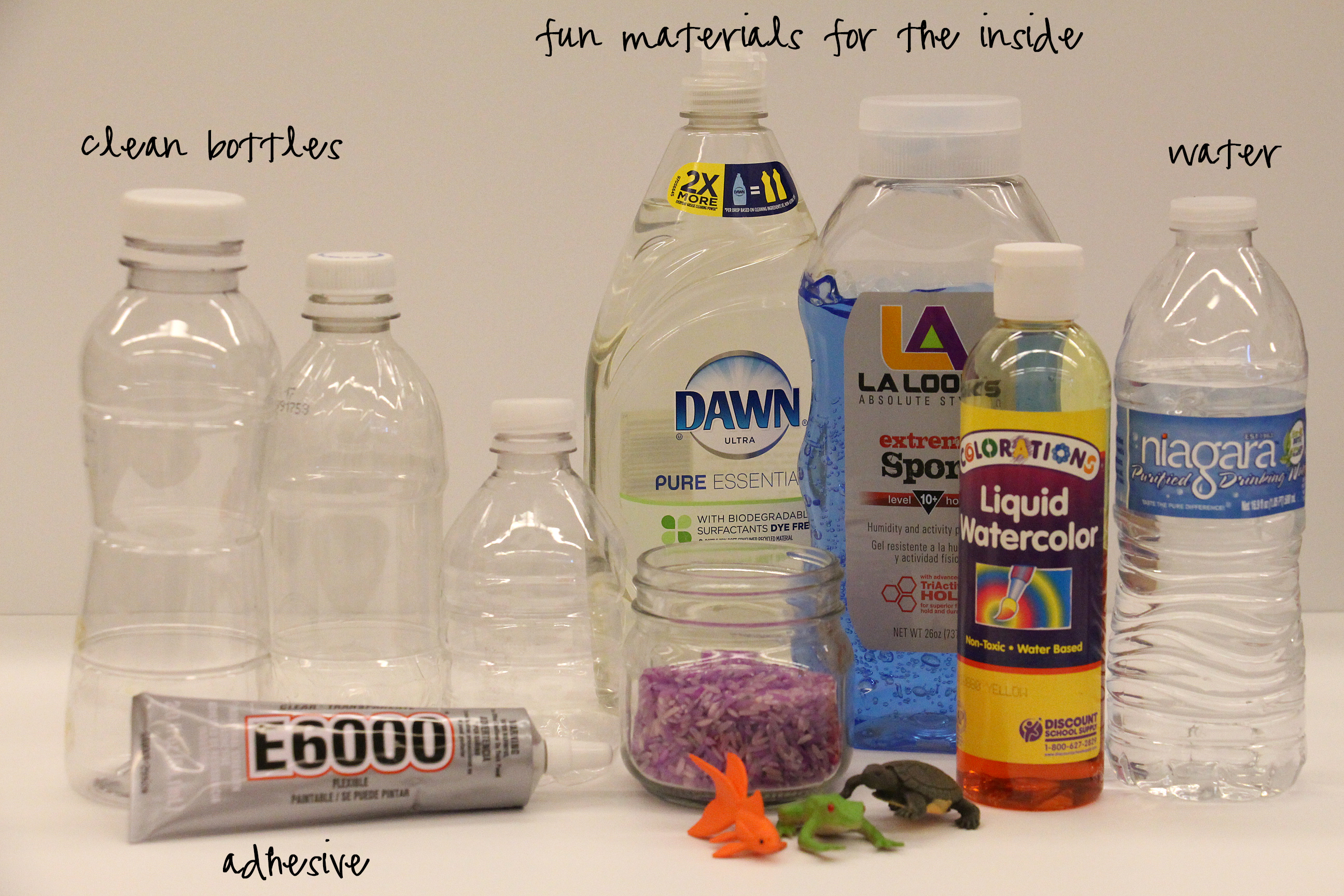
It might seem like it shouldn’t really require a complicated set of instructions to make a sensory bottle.
- Find a bottle.
- Put cool things inside.
- Close it up.
Easy, right? However, there are a few things to take into consideration that might not seem so obvious.
Containers. Any sort of bottle will probably do, but I’ve learned to take a minute to think about who will be using the sensory bottle and what will be inside. I strictly use plastic bottles and jars, so that there is no safety concern when the bottle inevitably gets dropped. I also vary the sizes I use. Babies need smaller, lighter bottles that are easier for them to pick up and hold (think of the mini water bottles you see in kids’ lunchboxes). Older children can handle slightly larger bottles. If a bottle will be holding liquid ingredients, make sure that the plastic is durable and strong. I prefer using bottles with wide openings so that small toys and objects can fit through the bottle neck. Make sure your bottle has been thoroughly cleaned and is completely dry before filling it up. (If the label gives you any trouble, use an adhesive remover like Goo Gone to remove it and get rid of the sticky stuff).
Contents. Basically, anything goes when it comes to contents. Consider how your child will play with it—do you want a noisemaker or do you want to explore how colors mix? Do you want something that has a hide and seek element to it? Here are some of my favorite combinations.
- For musical shakers: beans, rice, sand, toothpicks, plastic beads, jingle bells, or nuts and bolts
- For color-mixing: vegetable oil or baby oil + water + liquid watercolor
- For “I Spy” play: colored rice and small toys
- For mesmerizing gazes: clear dish soap and/or hair gel + colorful mini rubber bands
- For glowing play: glow in the dark stars + glow in the dark paint + seltzer water (which glows under black light!)
Closure. Sensory bottles are not meant to be open, so run a line of strong adhesive around the mouth of the bottle before permanently screwing on the plastic cap. My favorite glue to use is E6000.
Now for the DMA Sensory Bottle Challenge—extend your Museum visit to at-home play by creating a sensory bottle inspired by a favorite work of art. Use a work of art your child has expressed an interest in as a starting point. Pay attention to the colors, shapes, lines, and objects you see in the work of art and then make a list of things you could fit into a bottle. Here’s what I came up with!
-
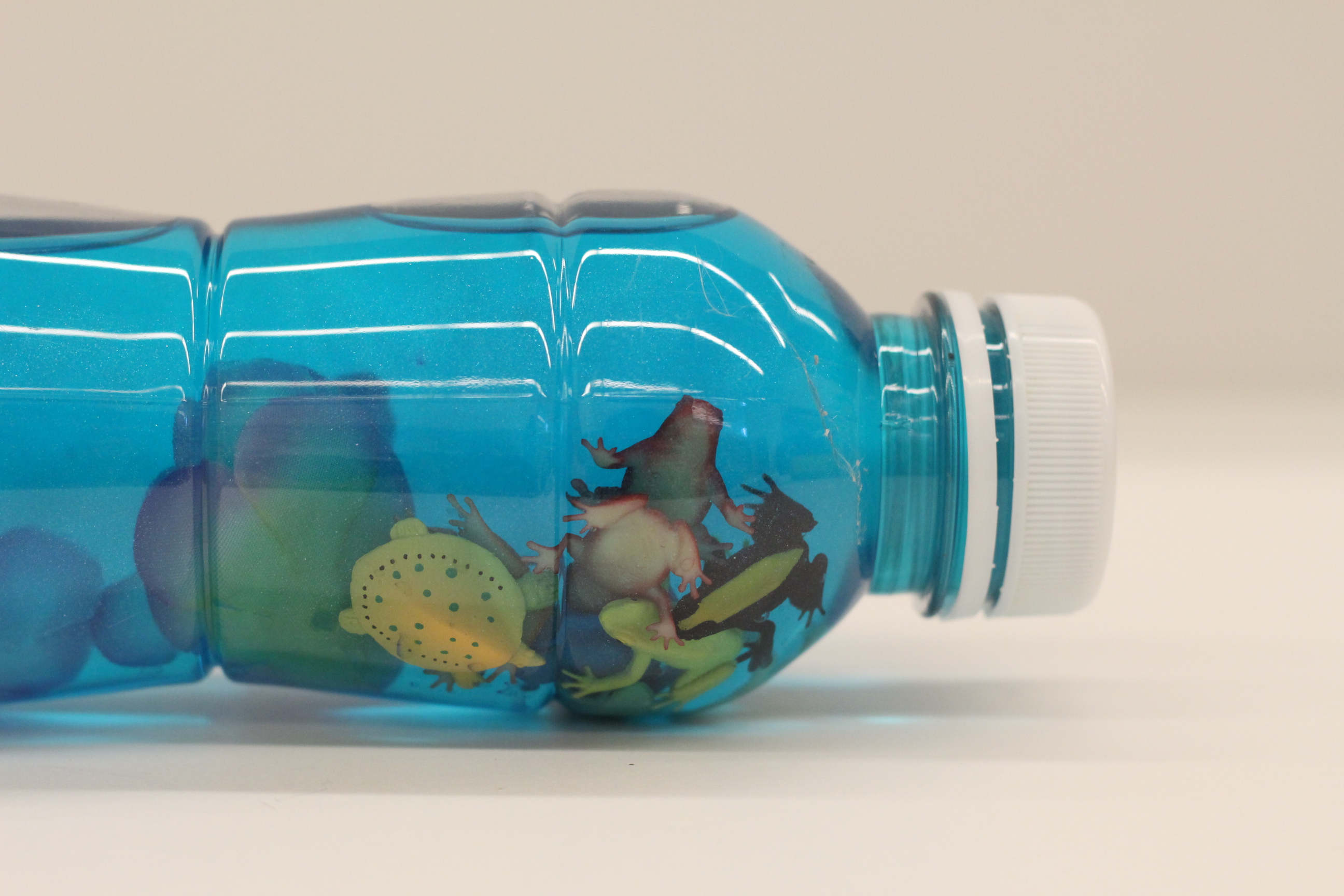
-
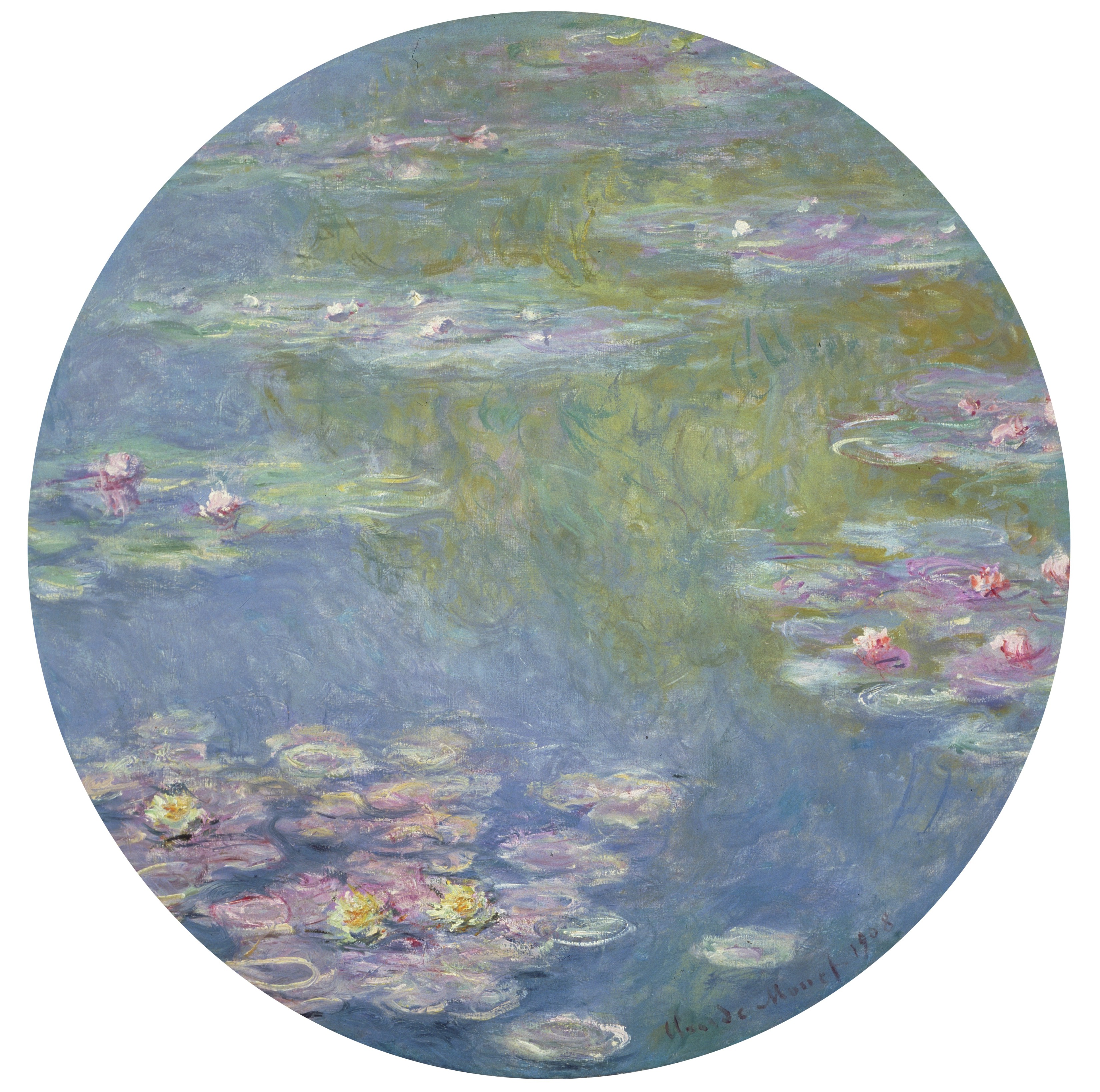
-
Claude Monet, Water Lilies, 1908. Dallas Museum of Art, gift of the Meadows Foundation, Incorporated
The Lily Pond Sensory Bottle—inspired by Claude Monet’s Water Lilies
Contents: Water, blue & silver liquid watercolor, toy frogs and turtles, silk flower petals
-
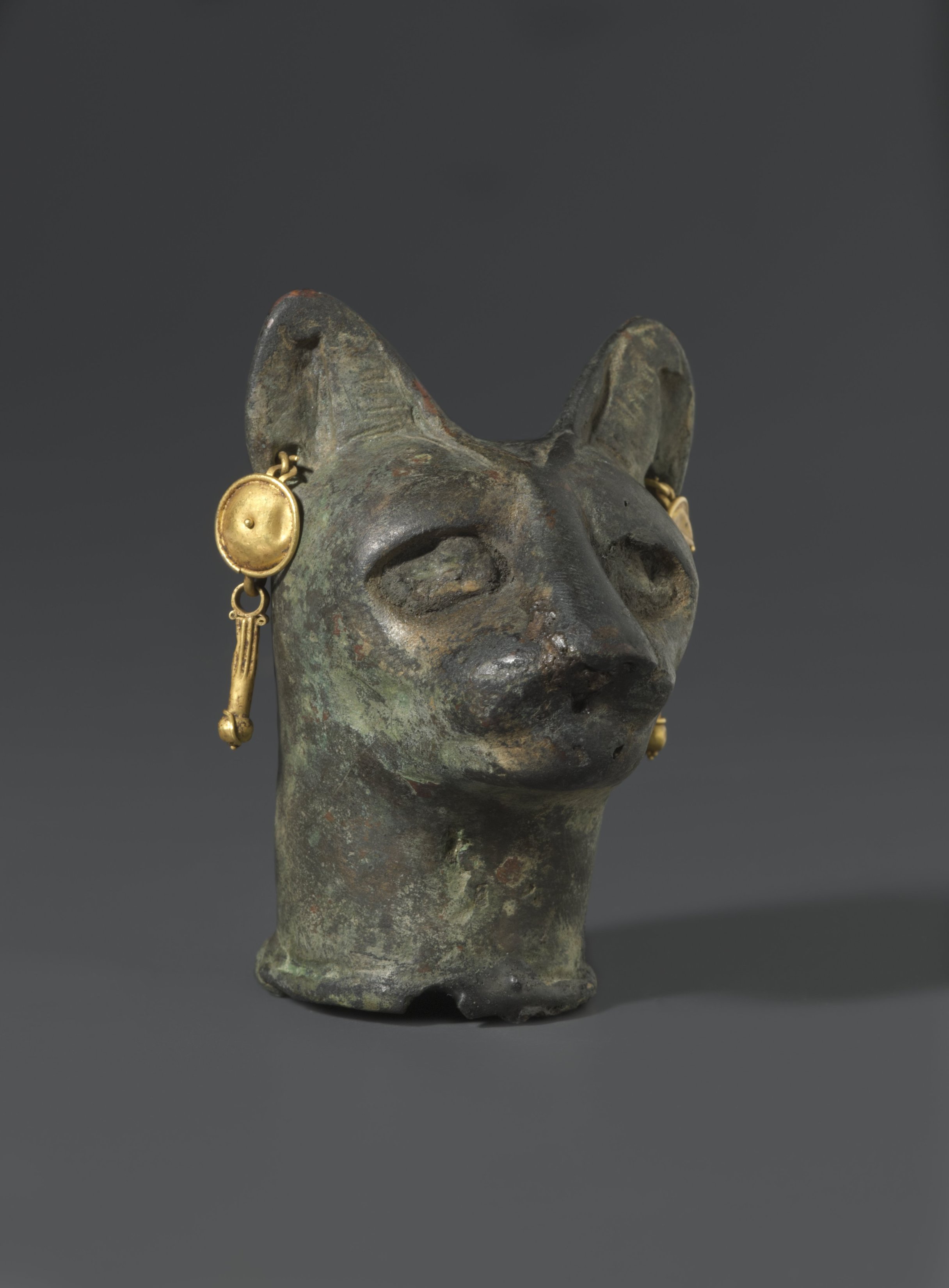
-
Cat’s Head, Egypt, 30 B.C to 3rd century C.E., Brooklyn Museum, Charles Edwin Wilbour Fund
-

The Purrrfectly Egyptian Sensory Bottle—inspired by works of art in Divine Felines
Contents: Water + sand + gold glitter + Egyptian-themed toys
By playing with a sensory bottle, your child is gaining experience with all kinds of “big kid” concepts—gravity, density, color mixing, viscosity, cause and effect, and so much more! But more importantly in my book, they are having fun. Play on!
Leah Hanson
Manager of Family and Early Learning Programs
